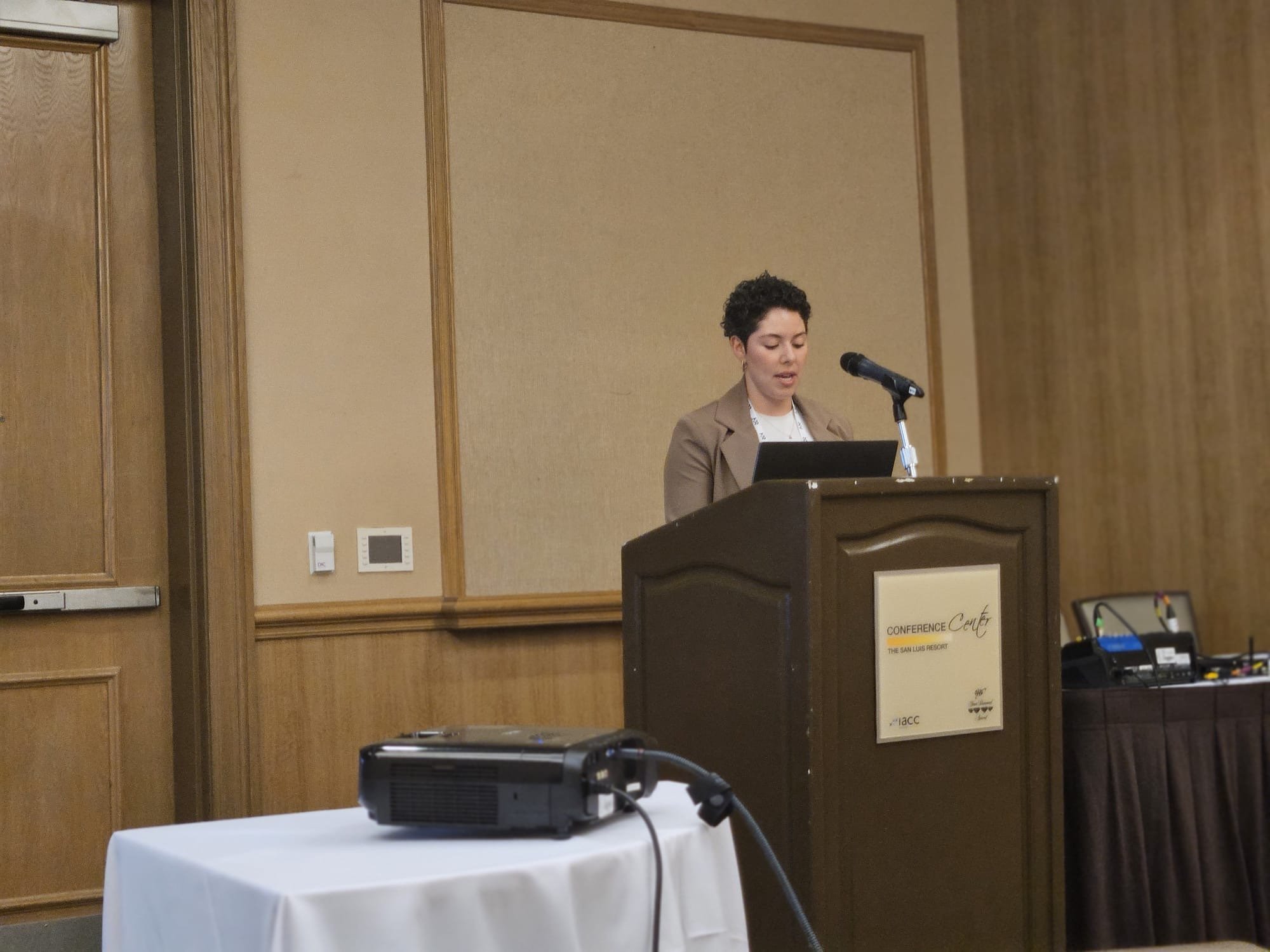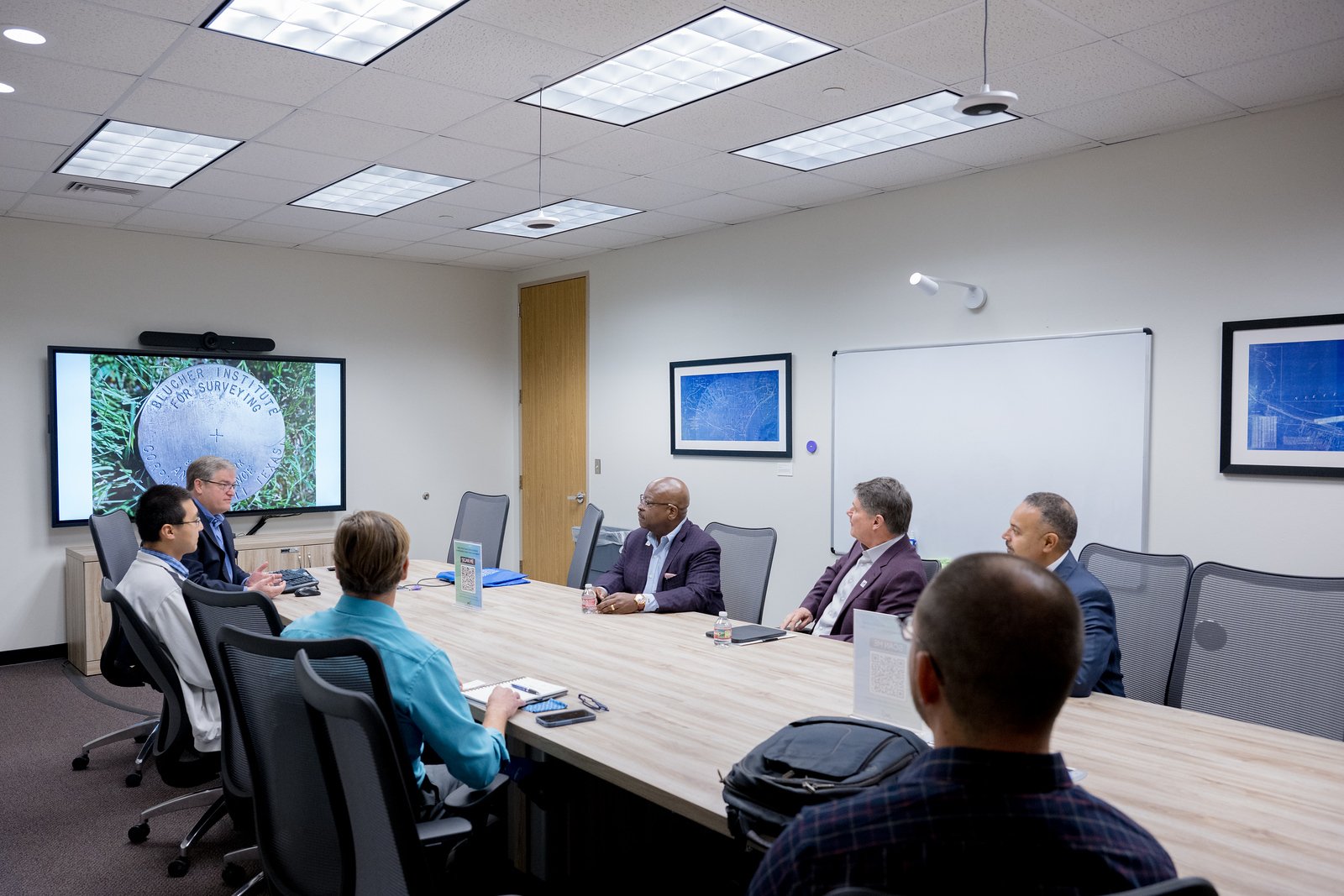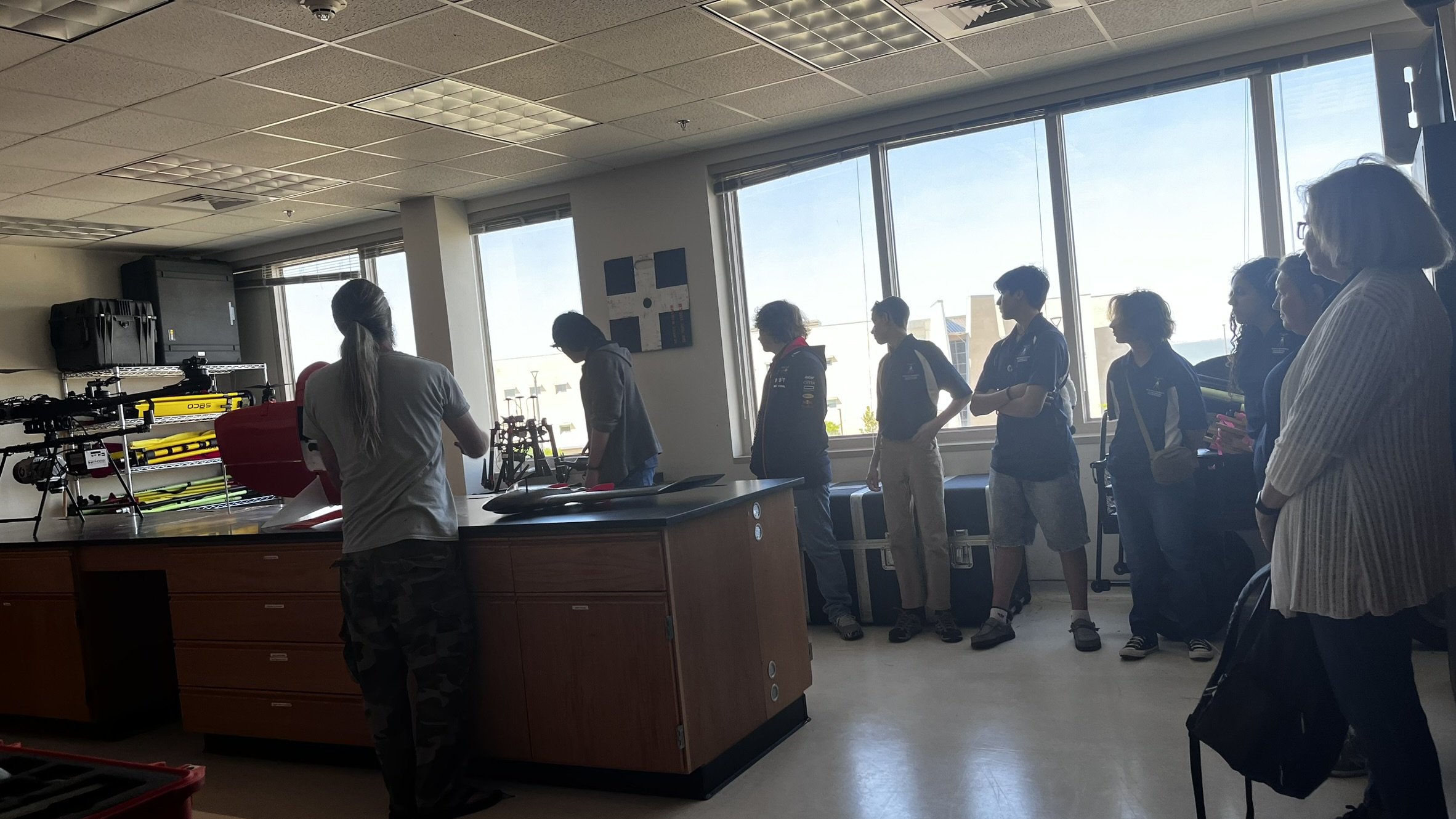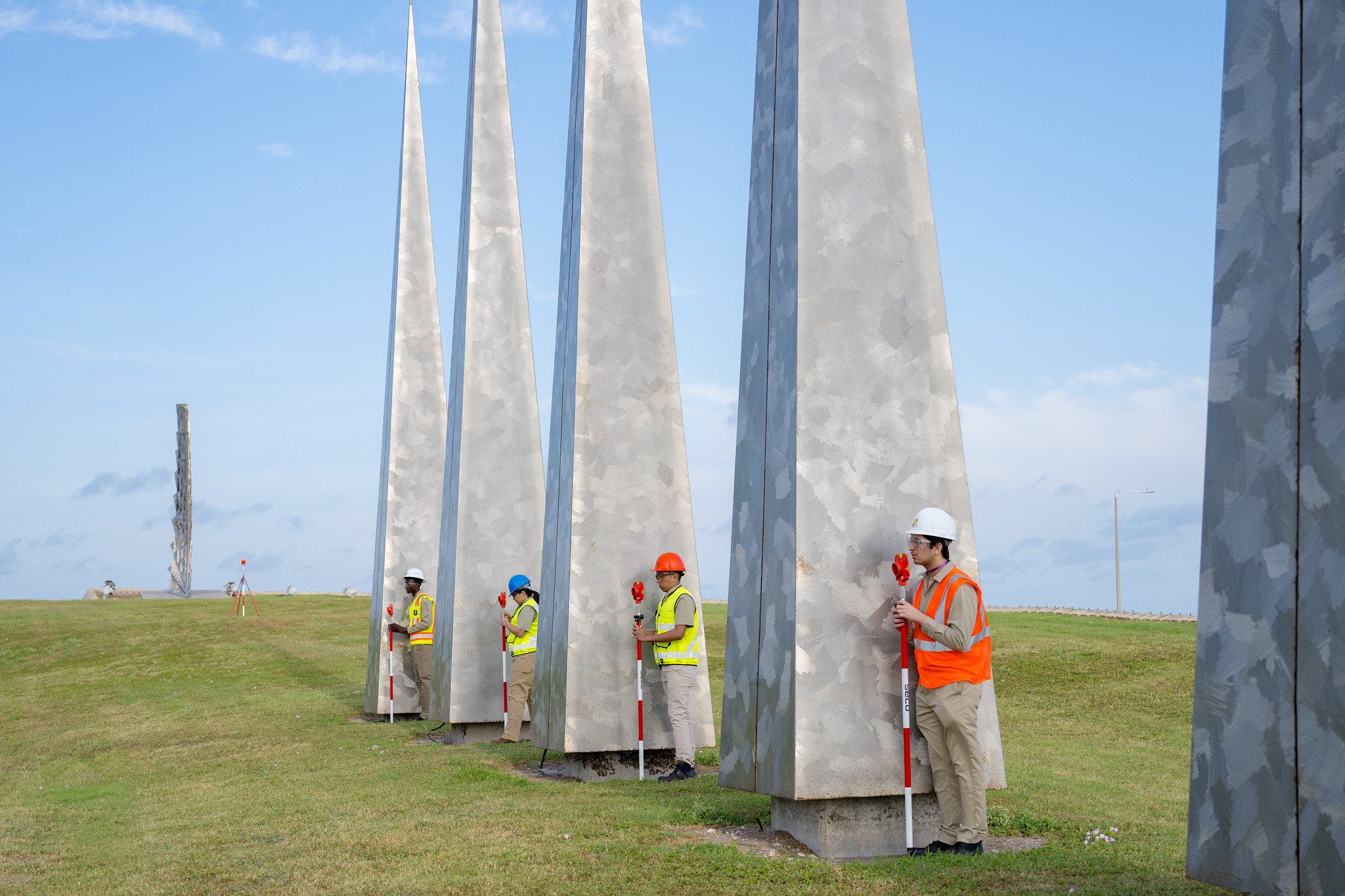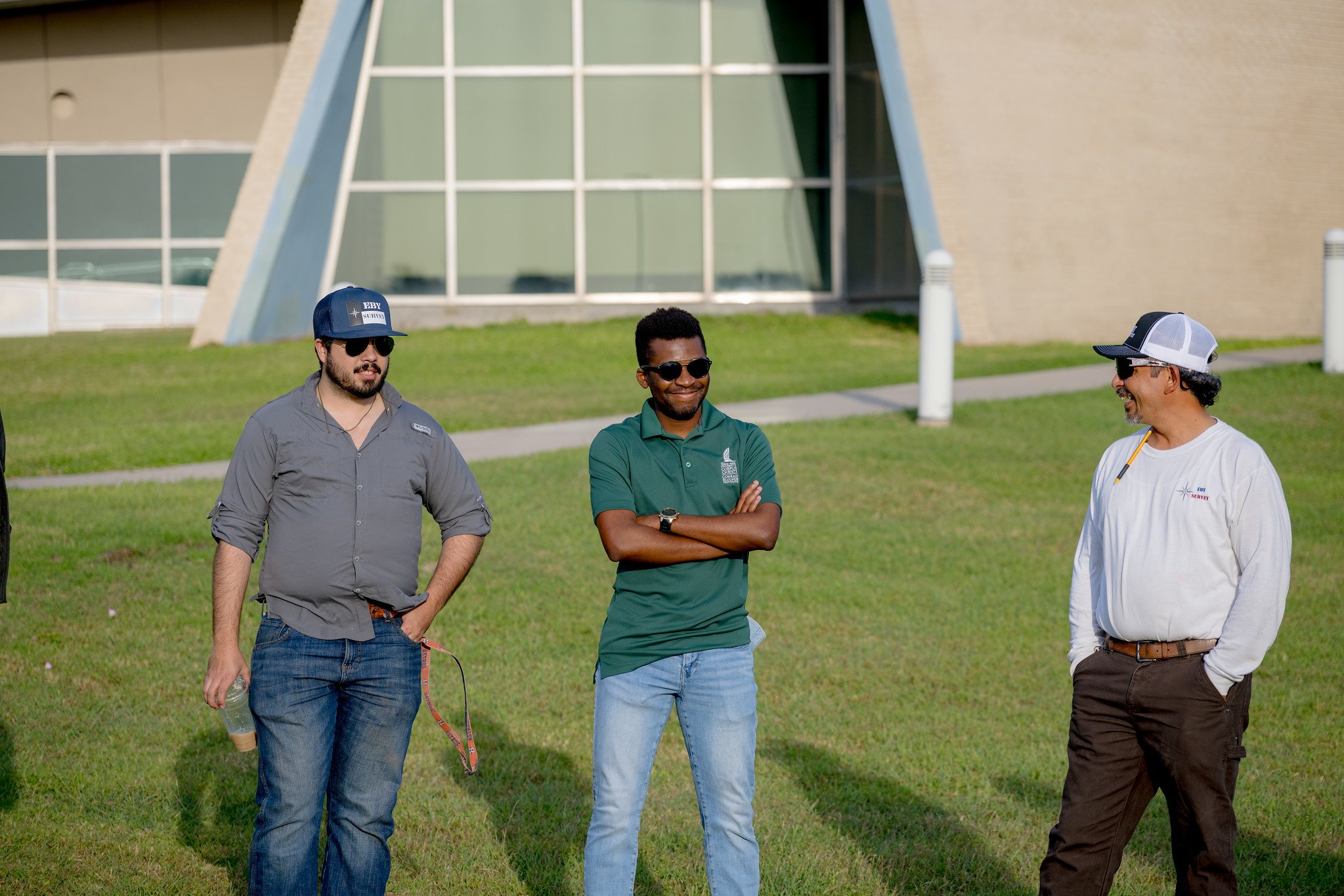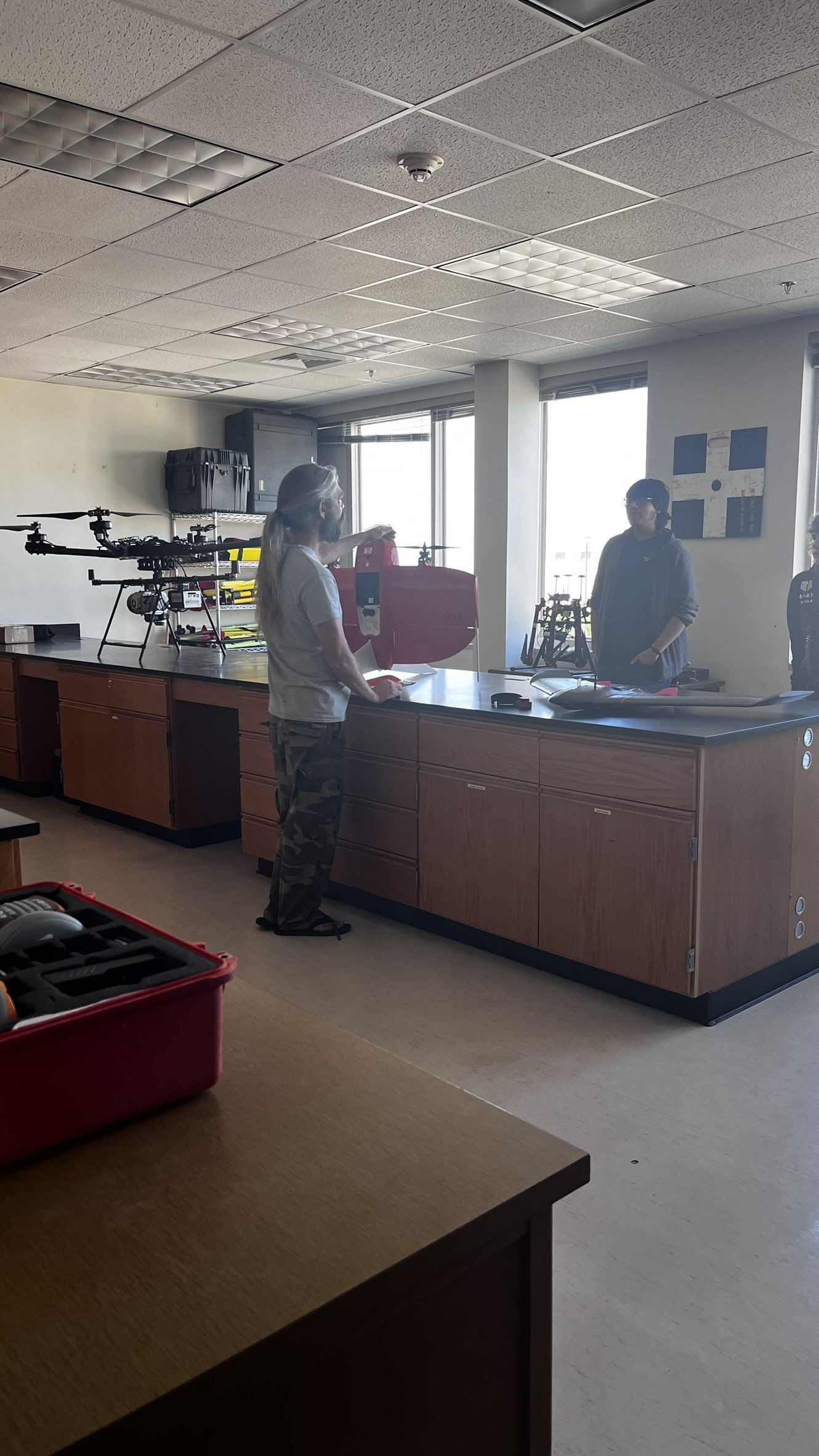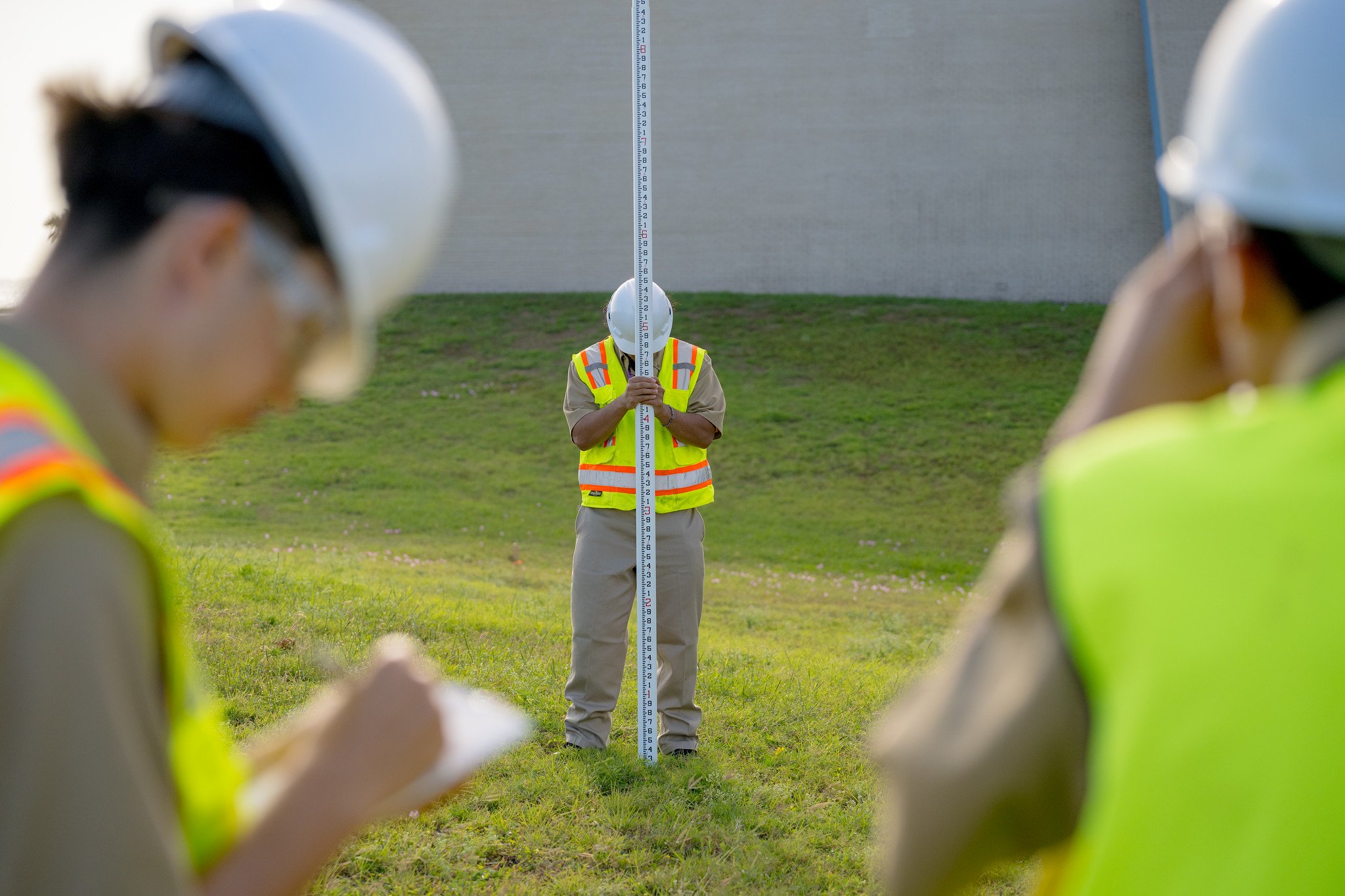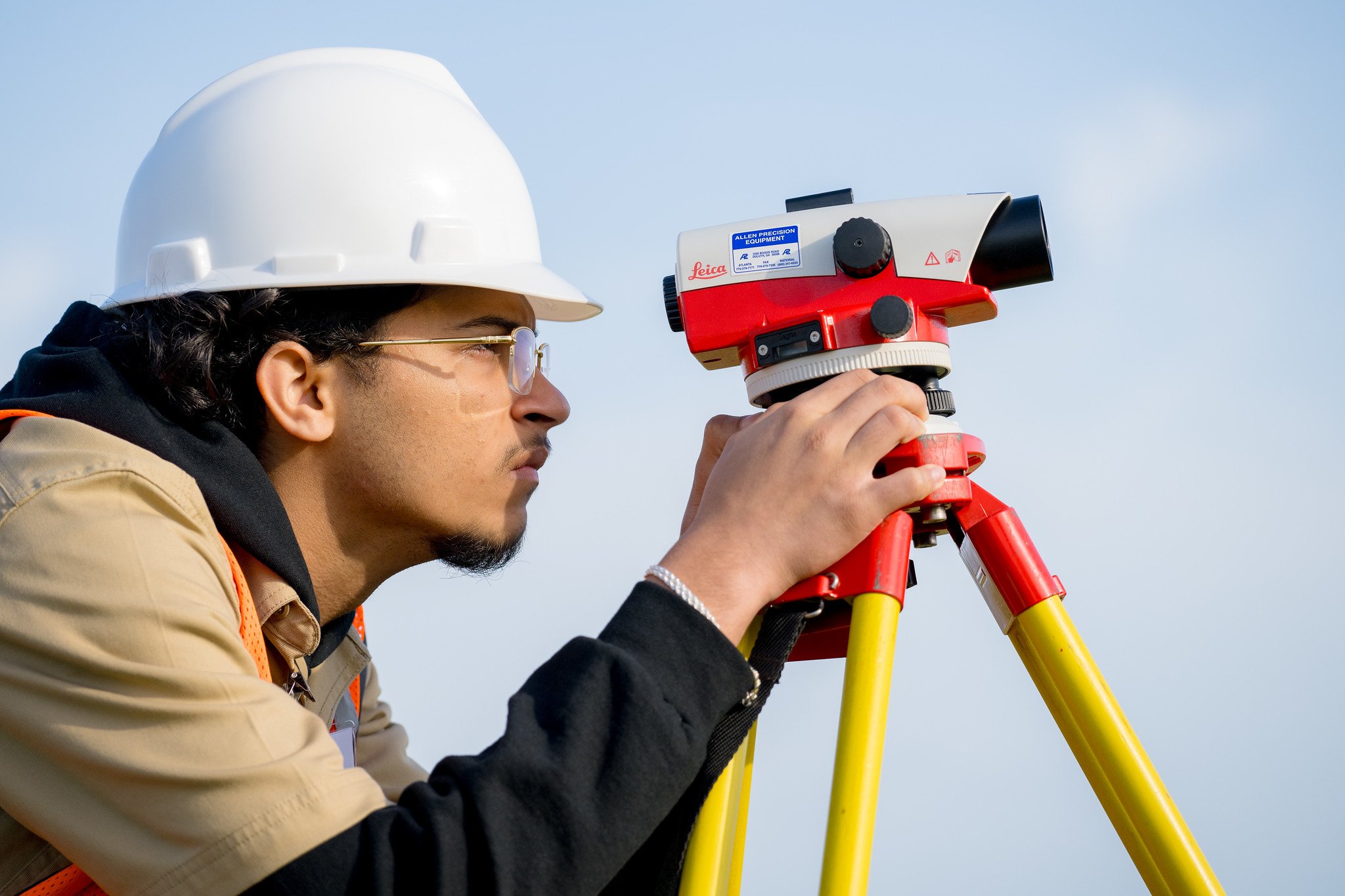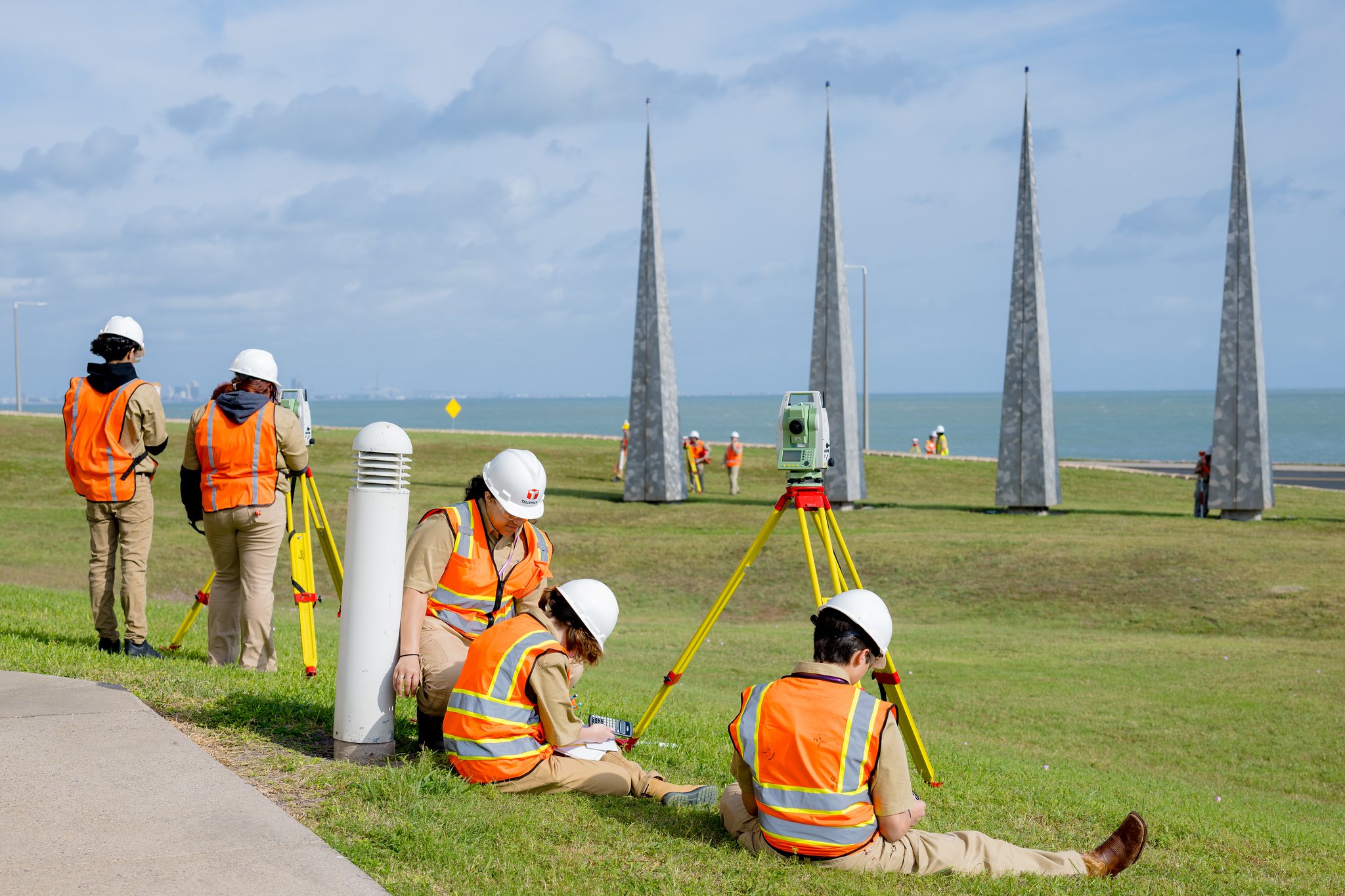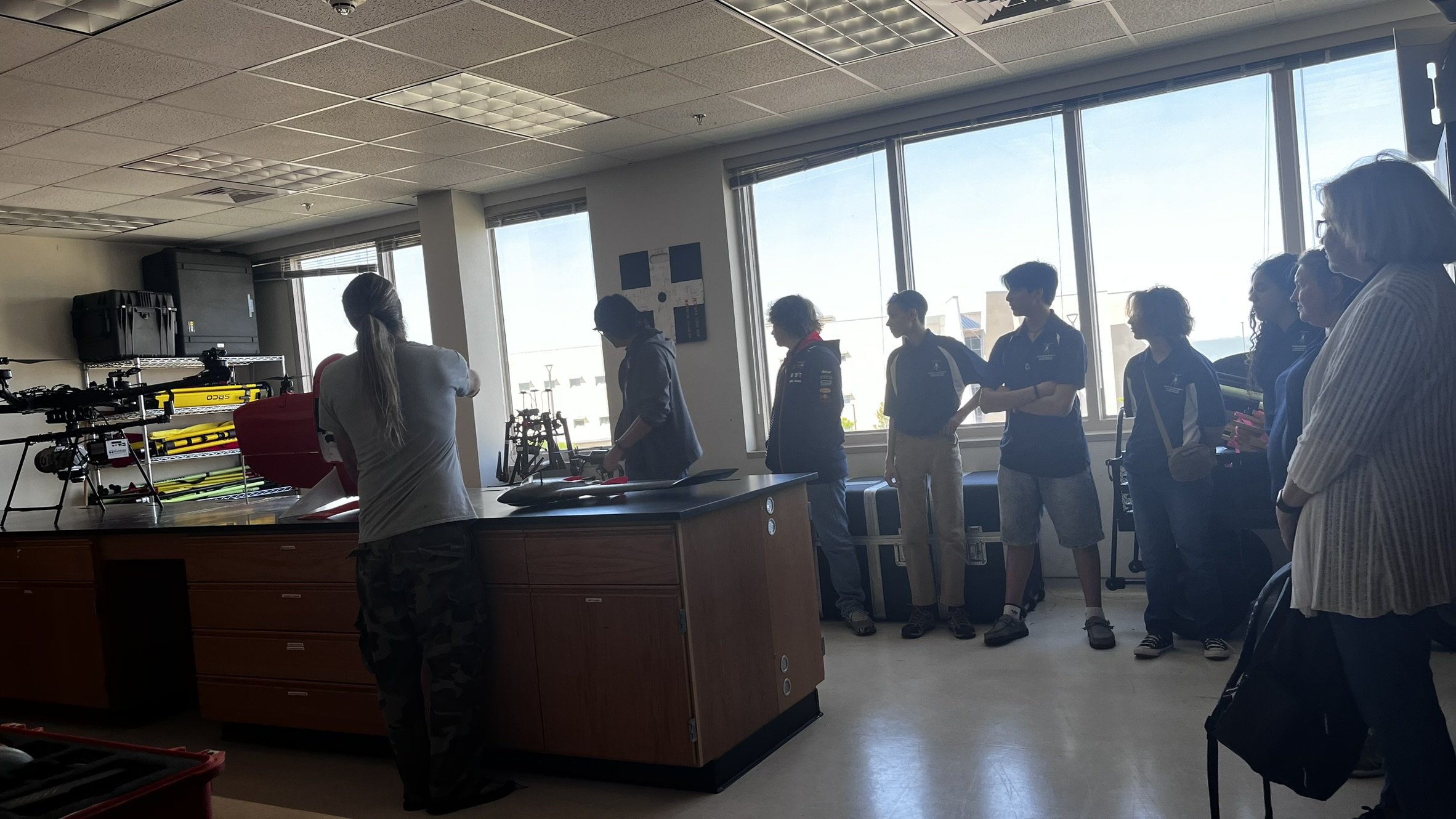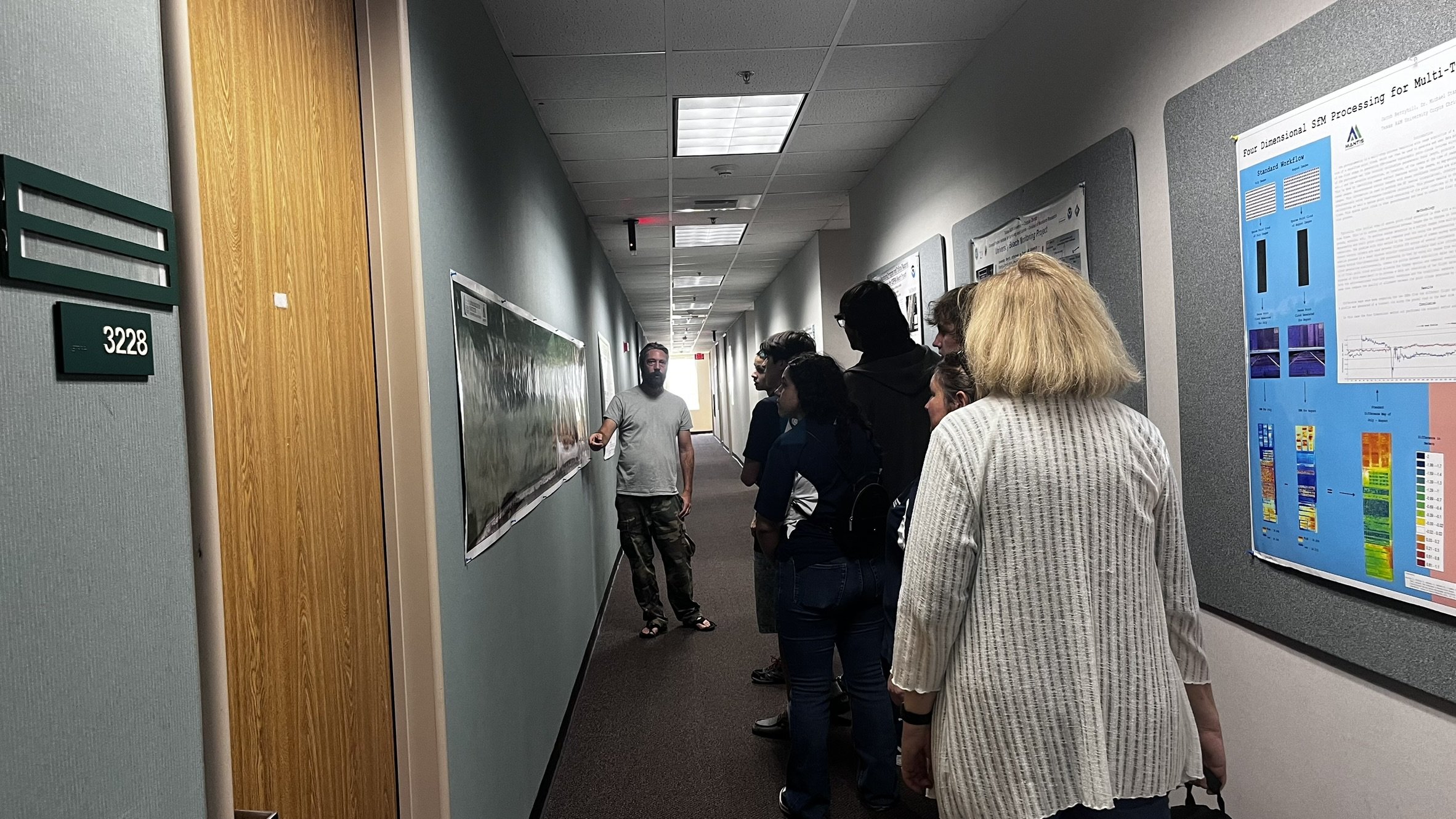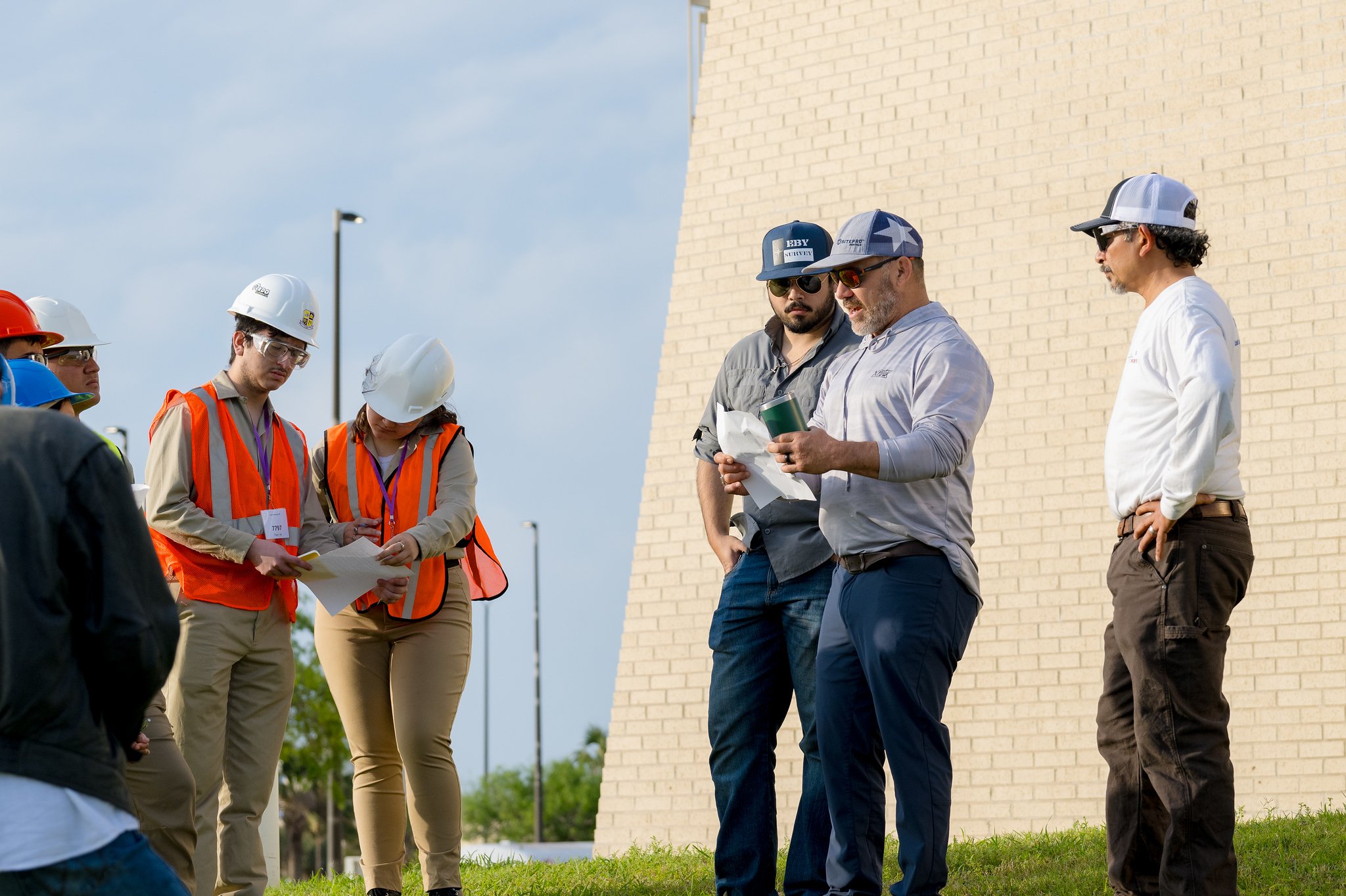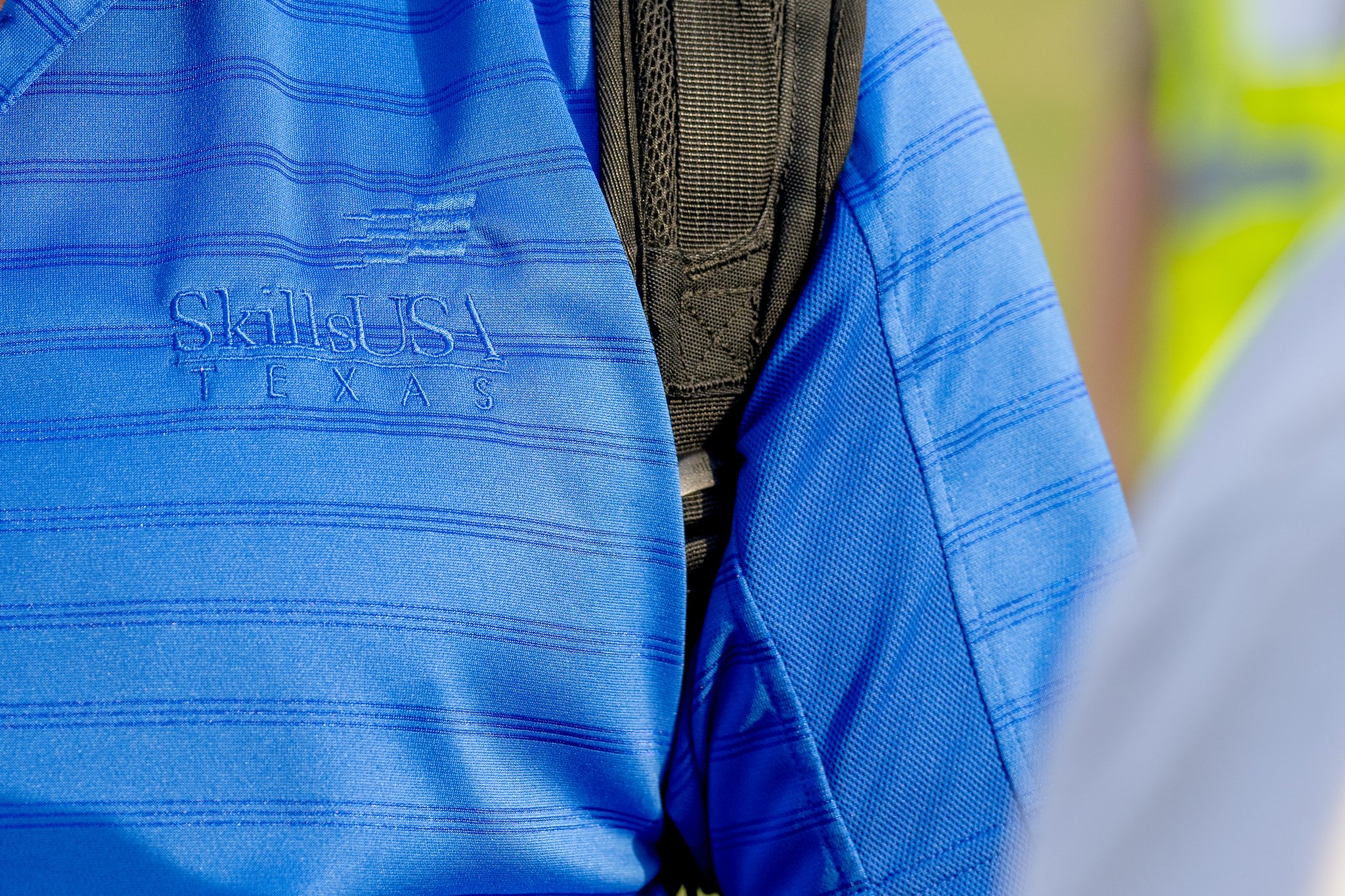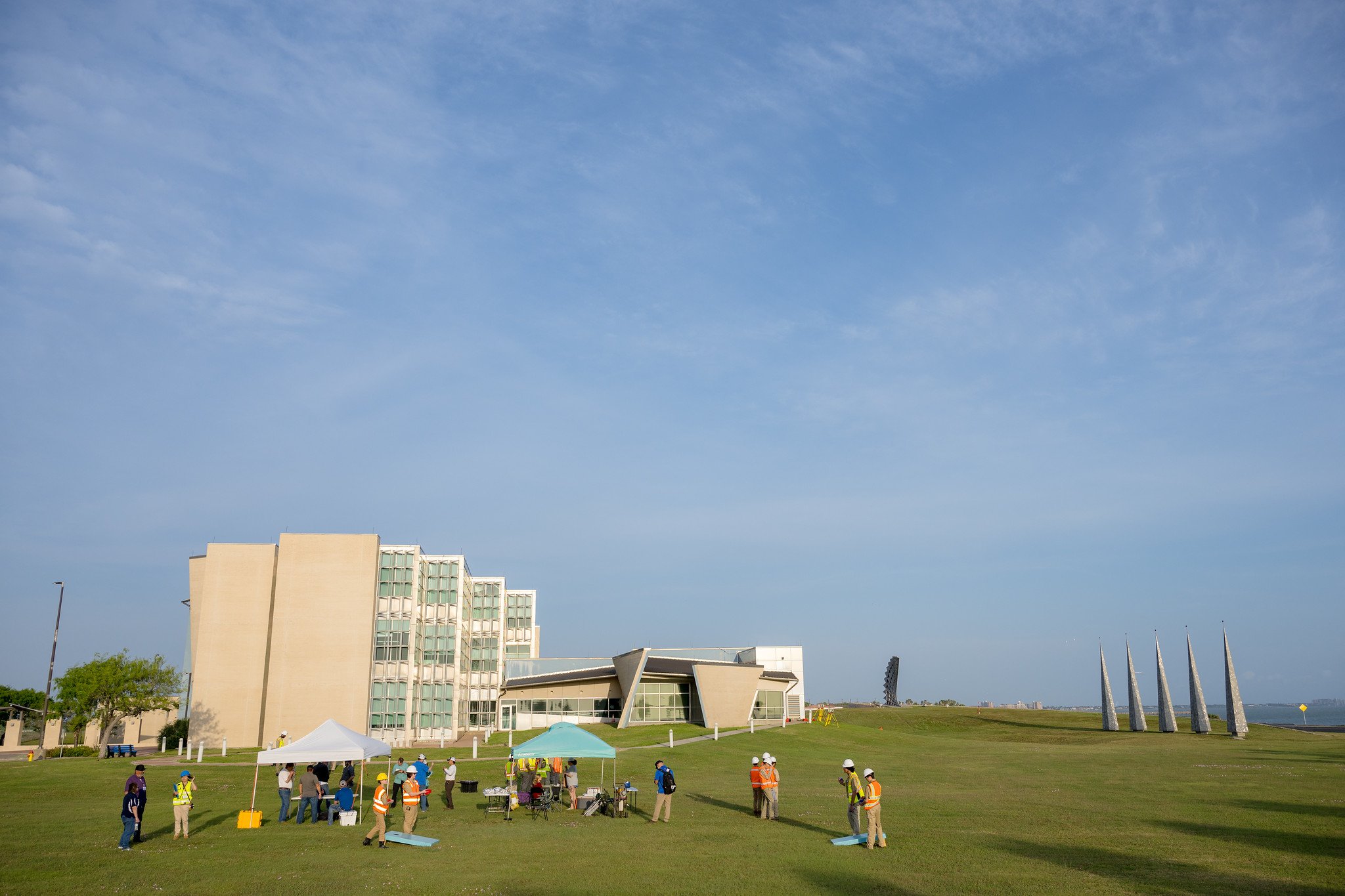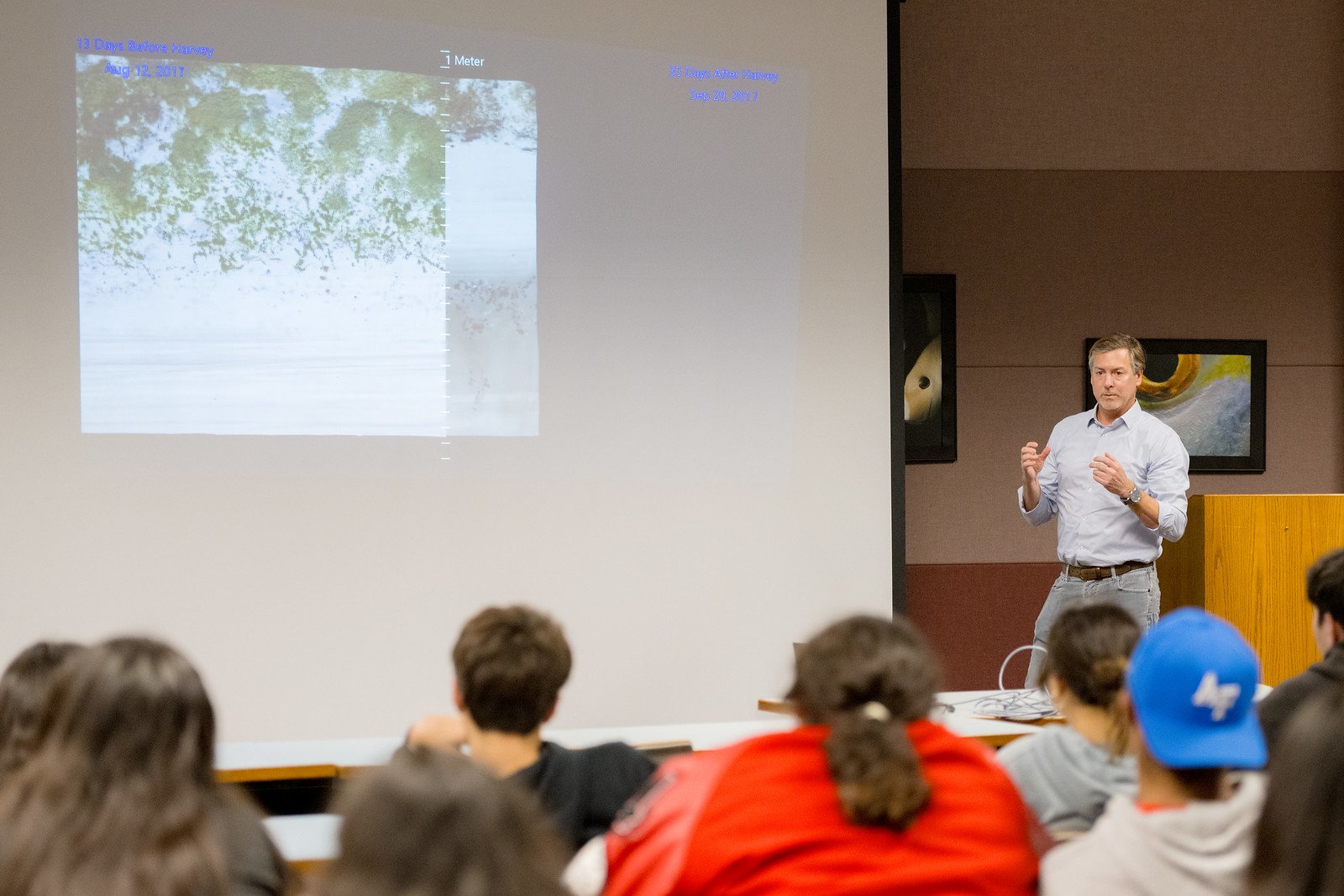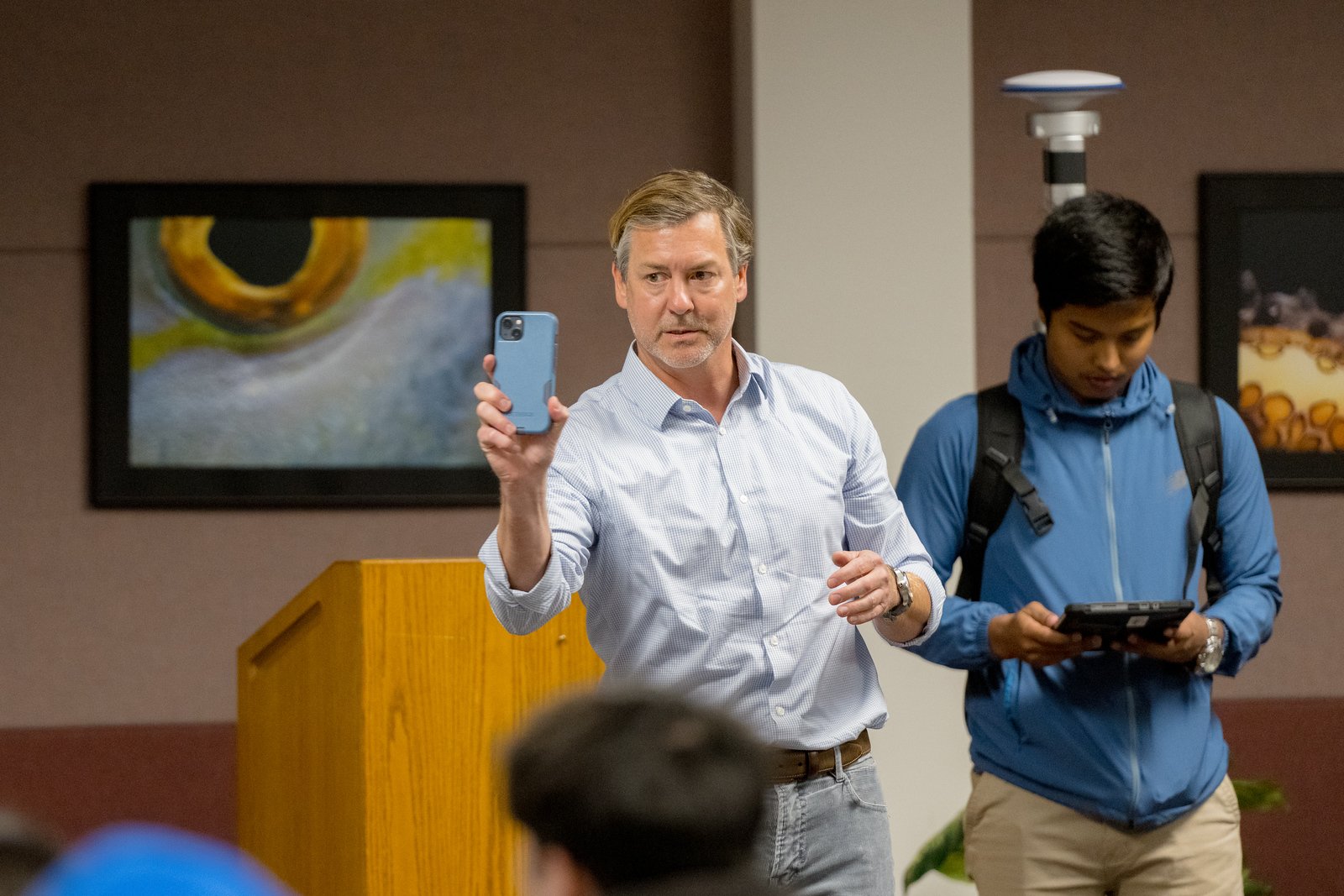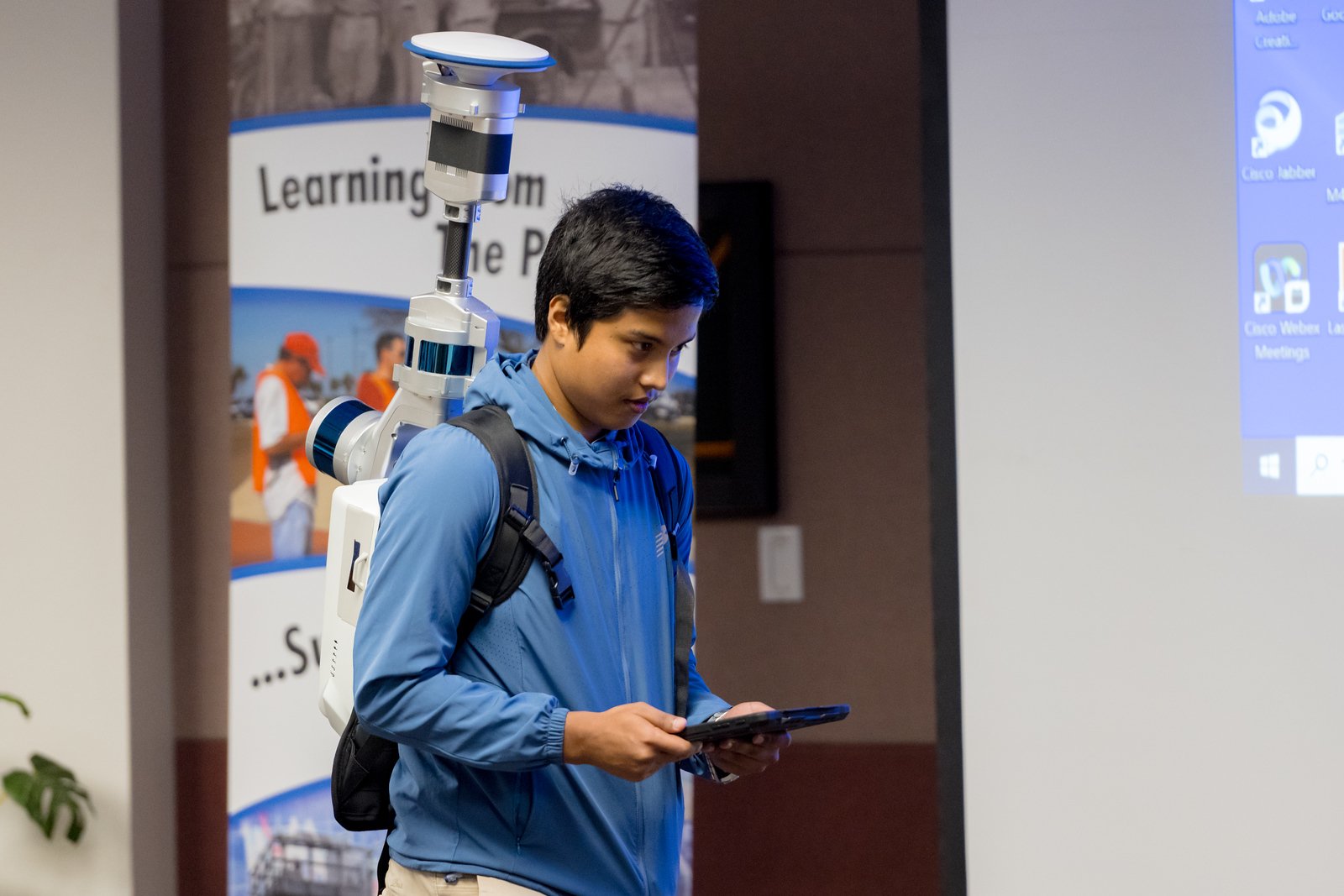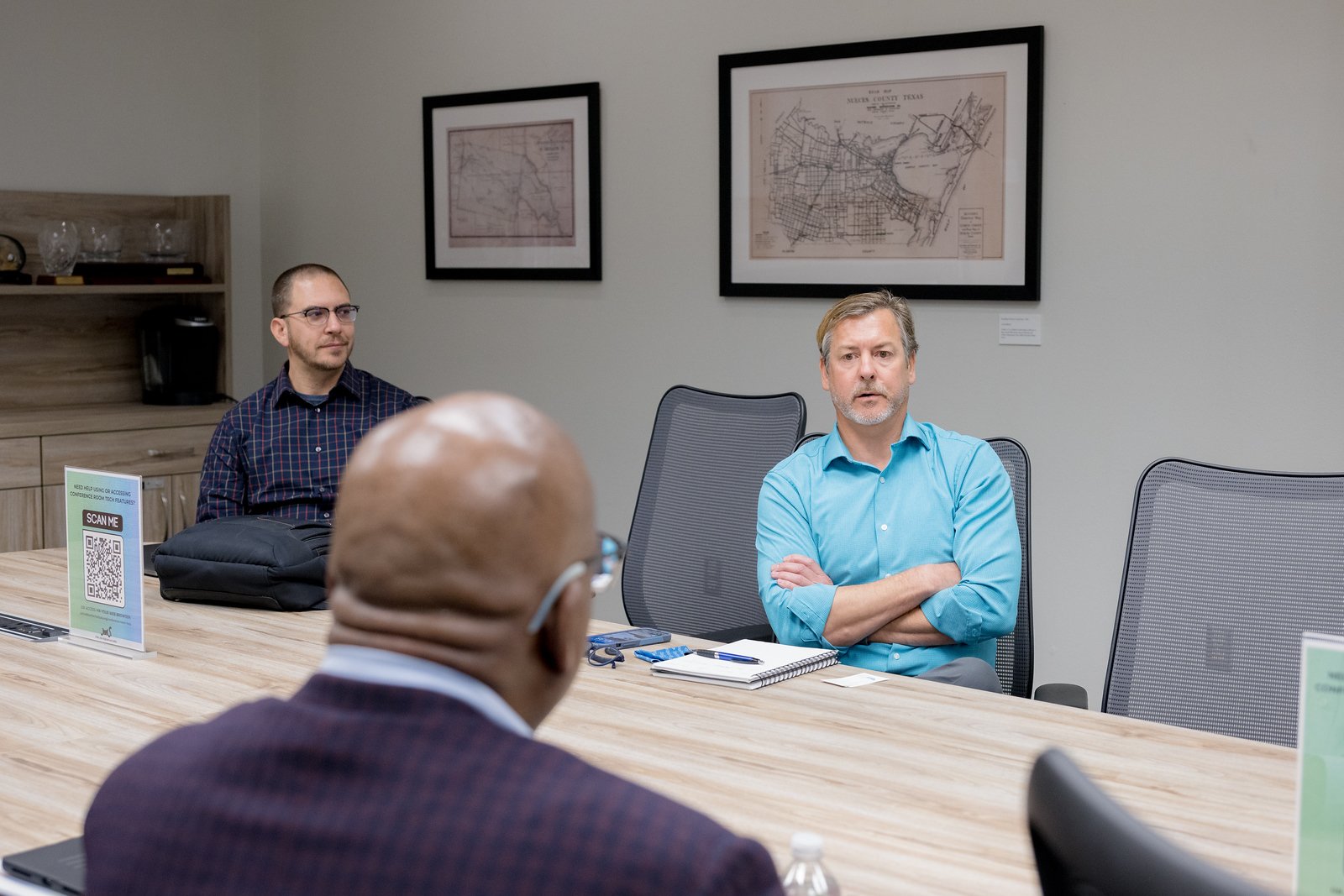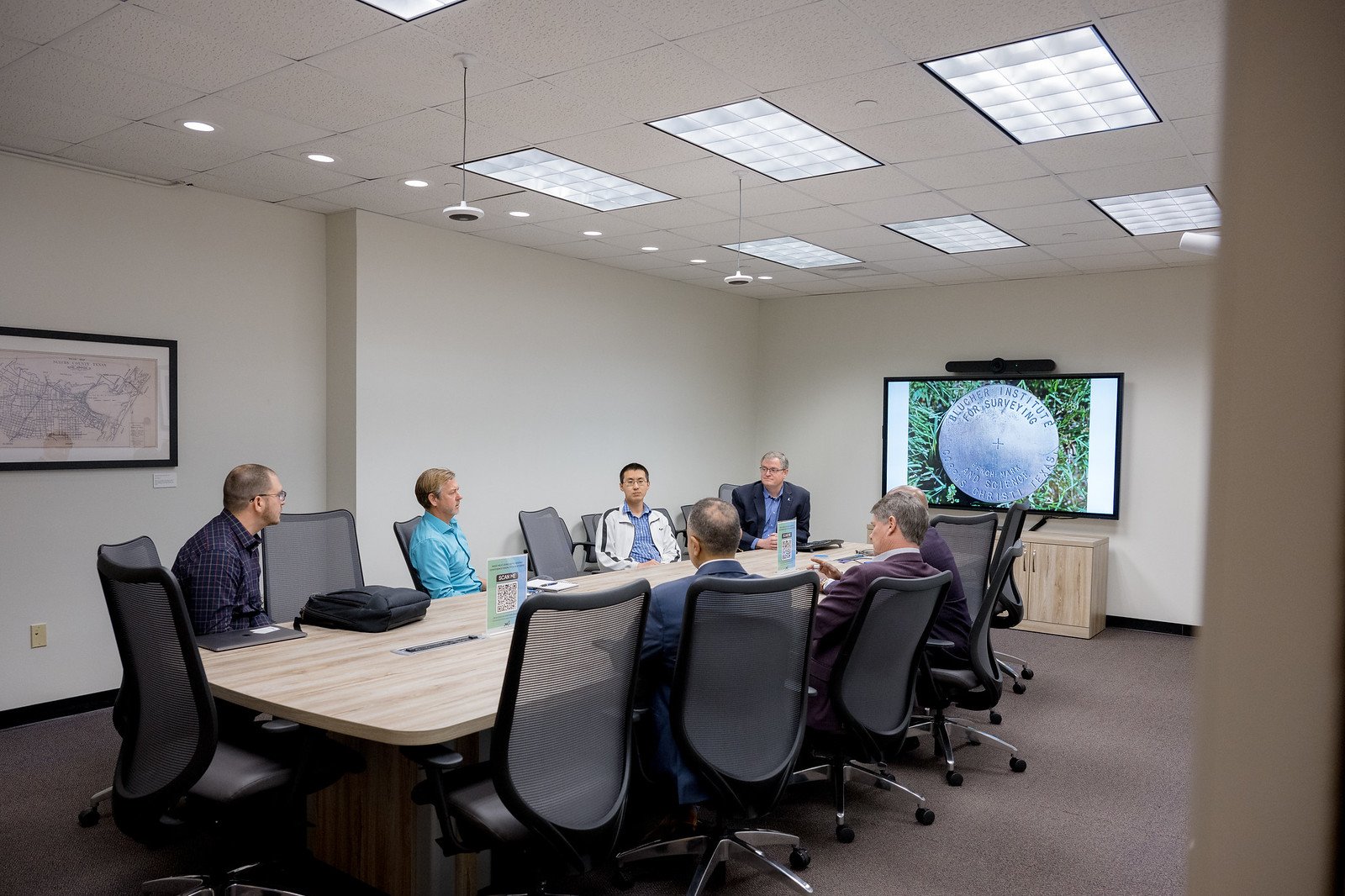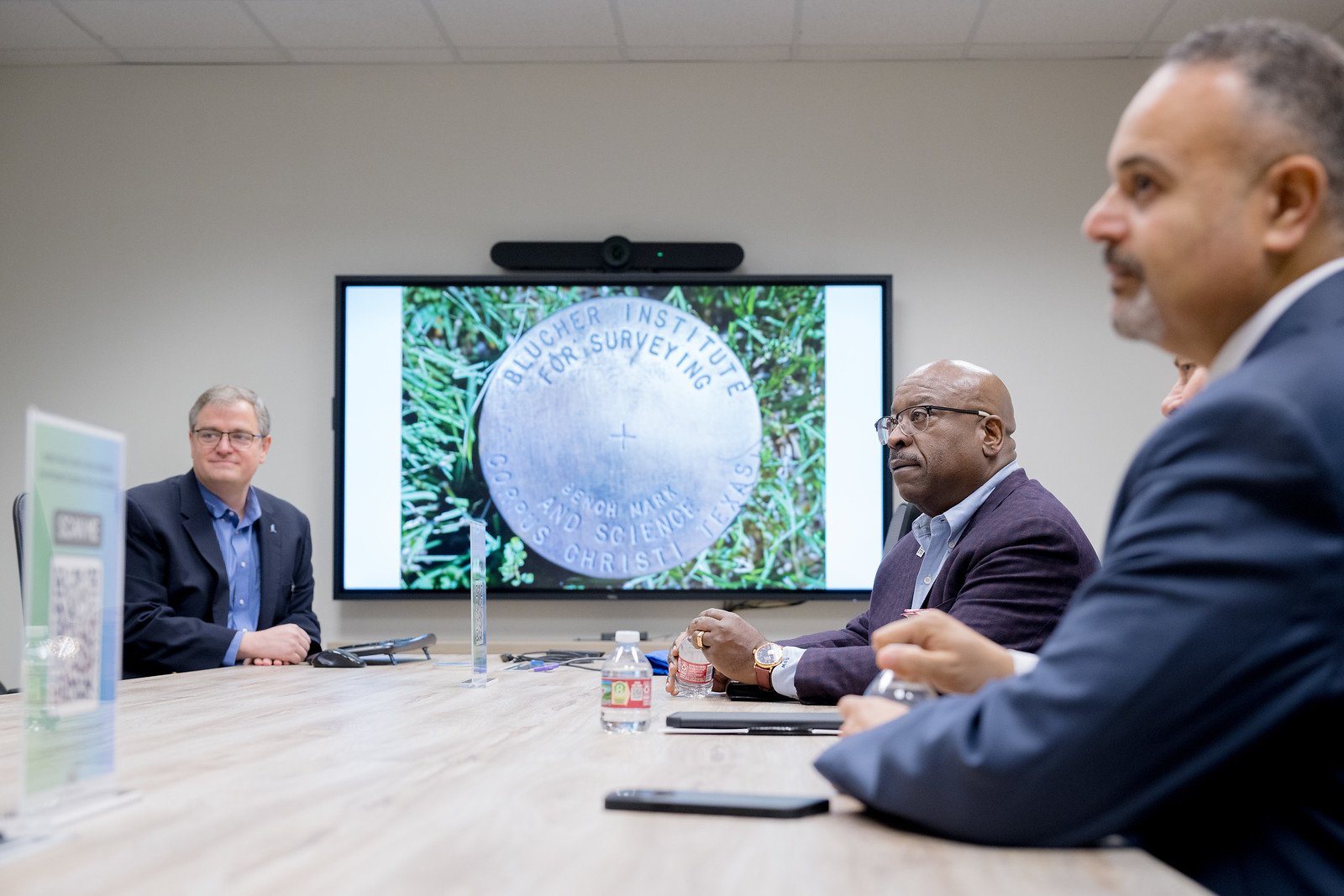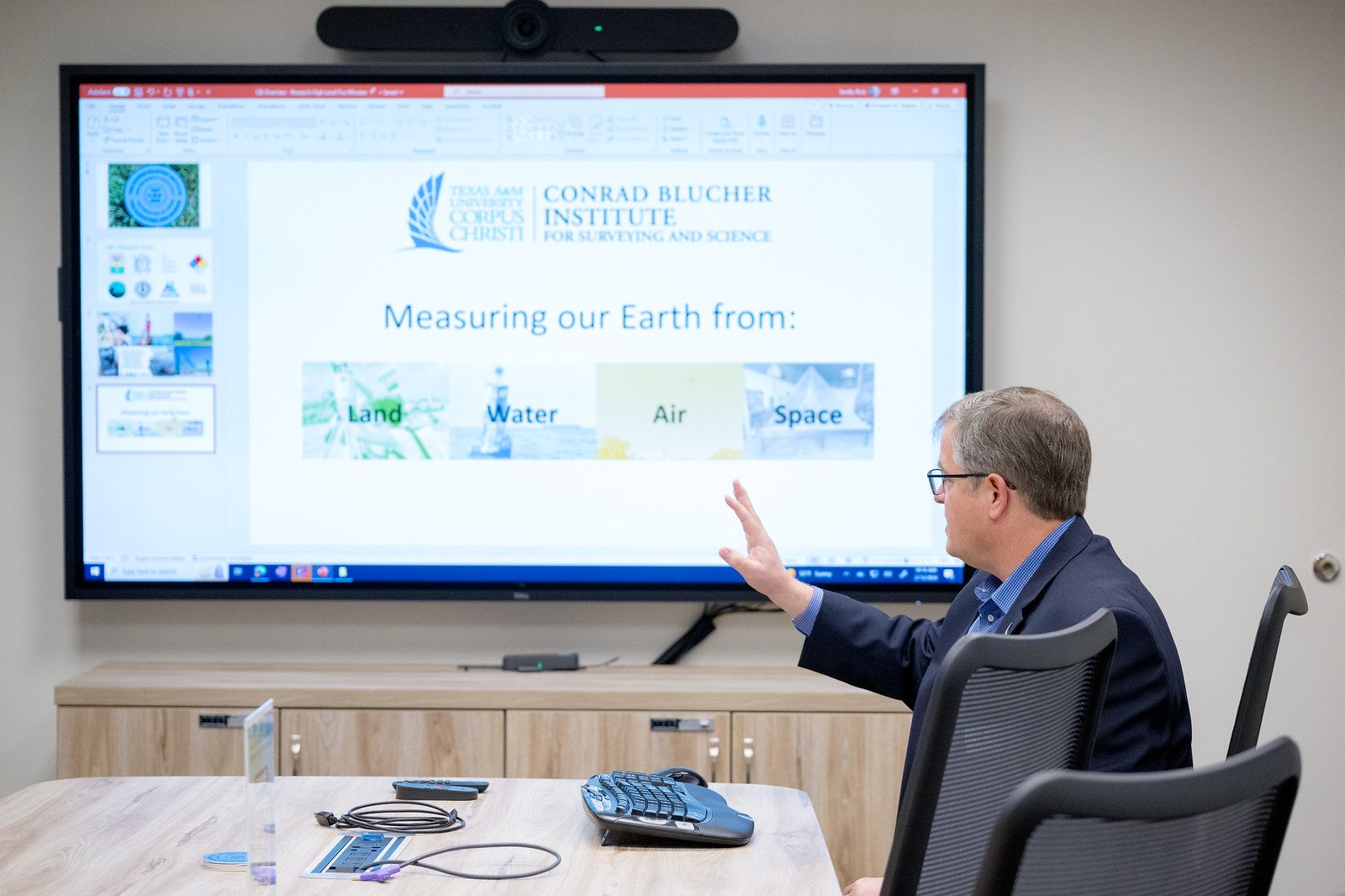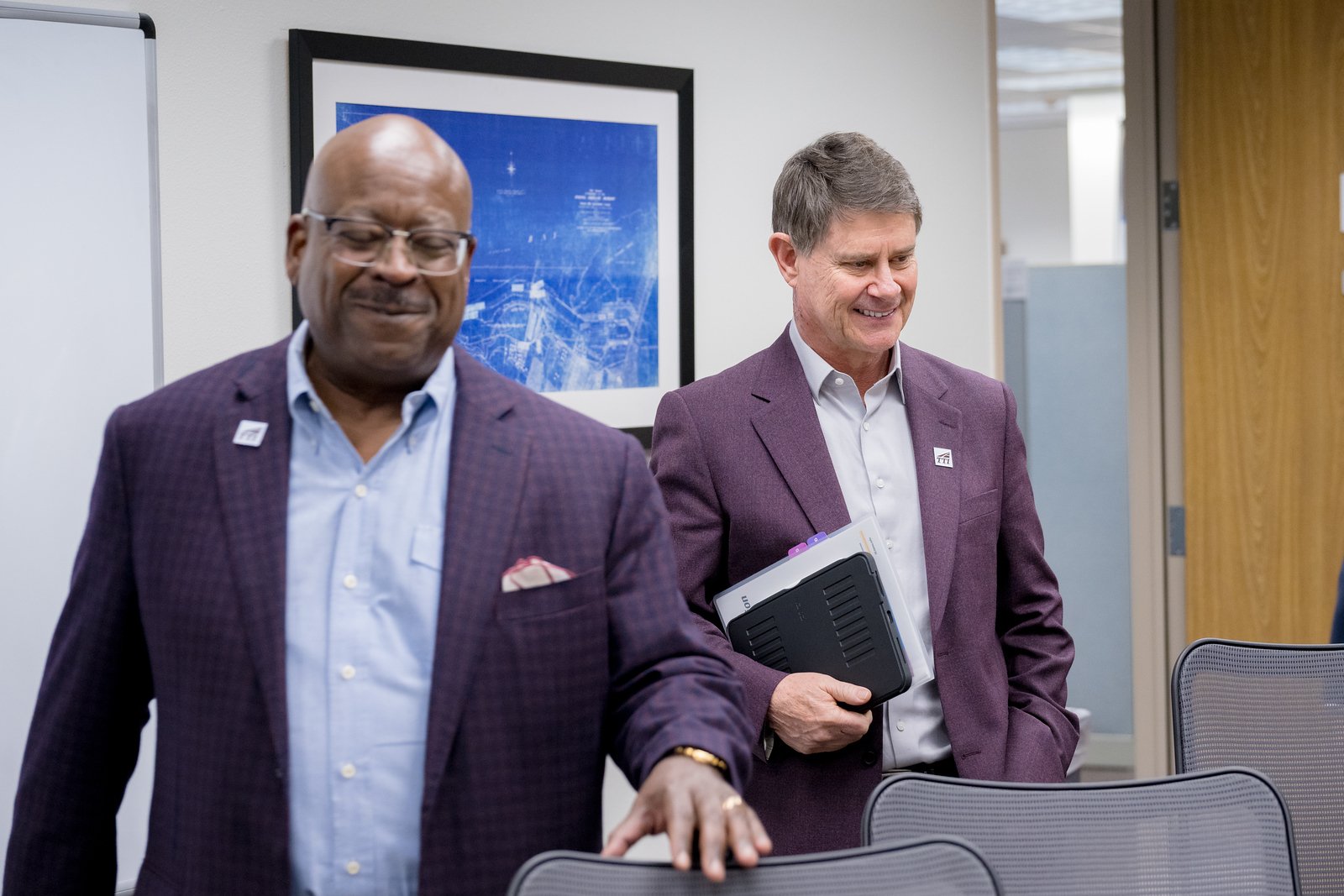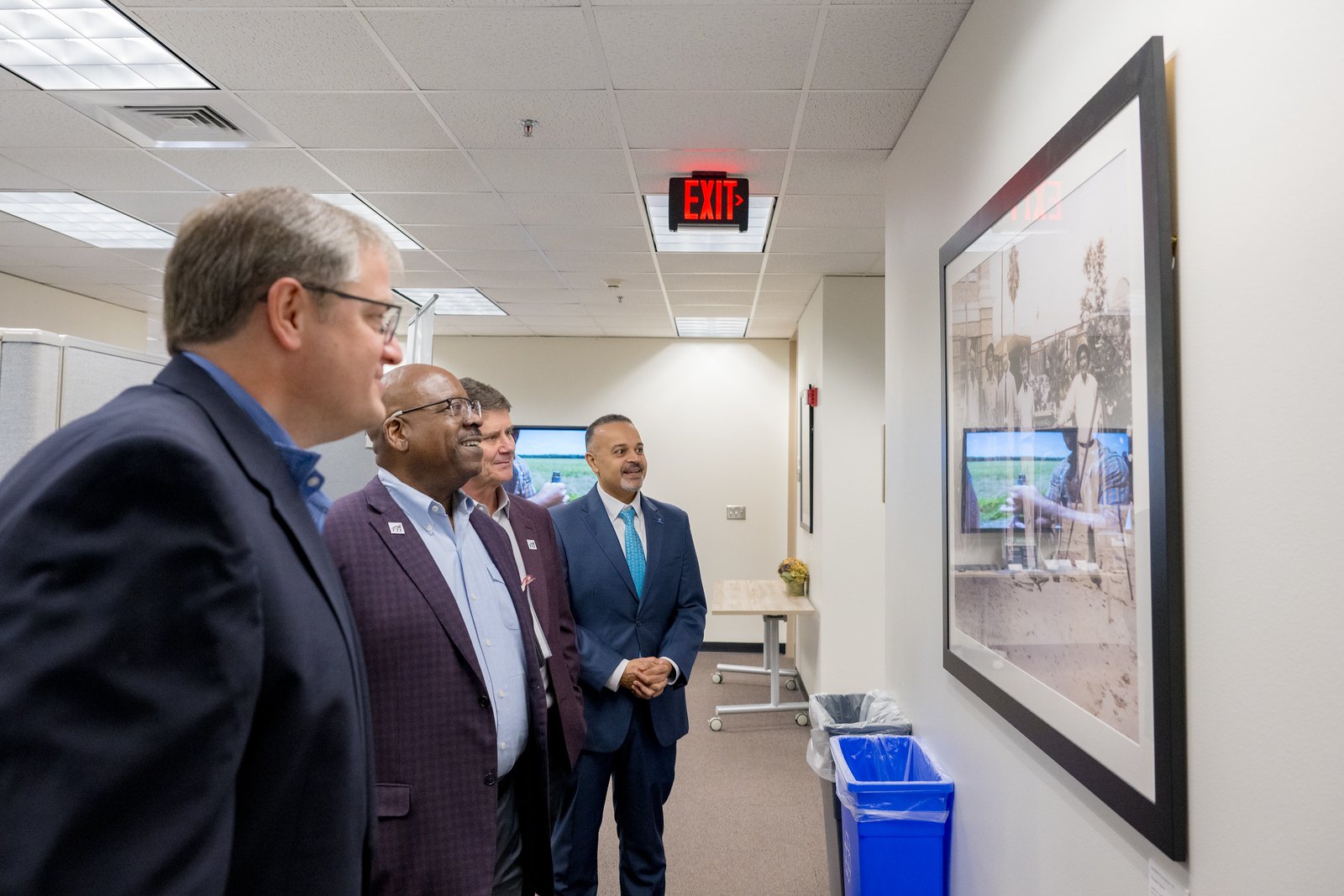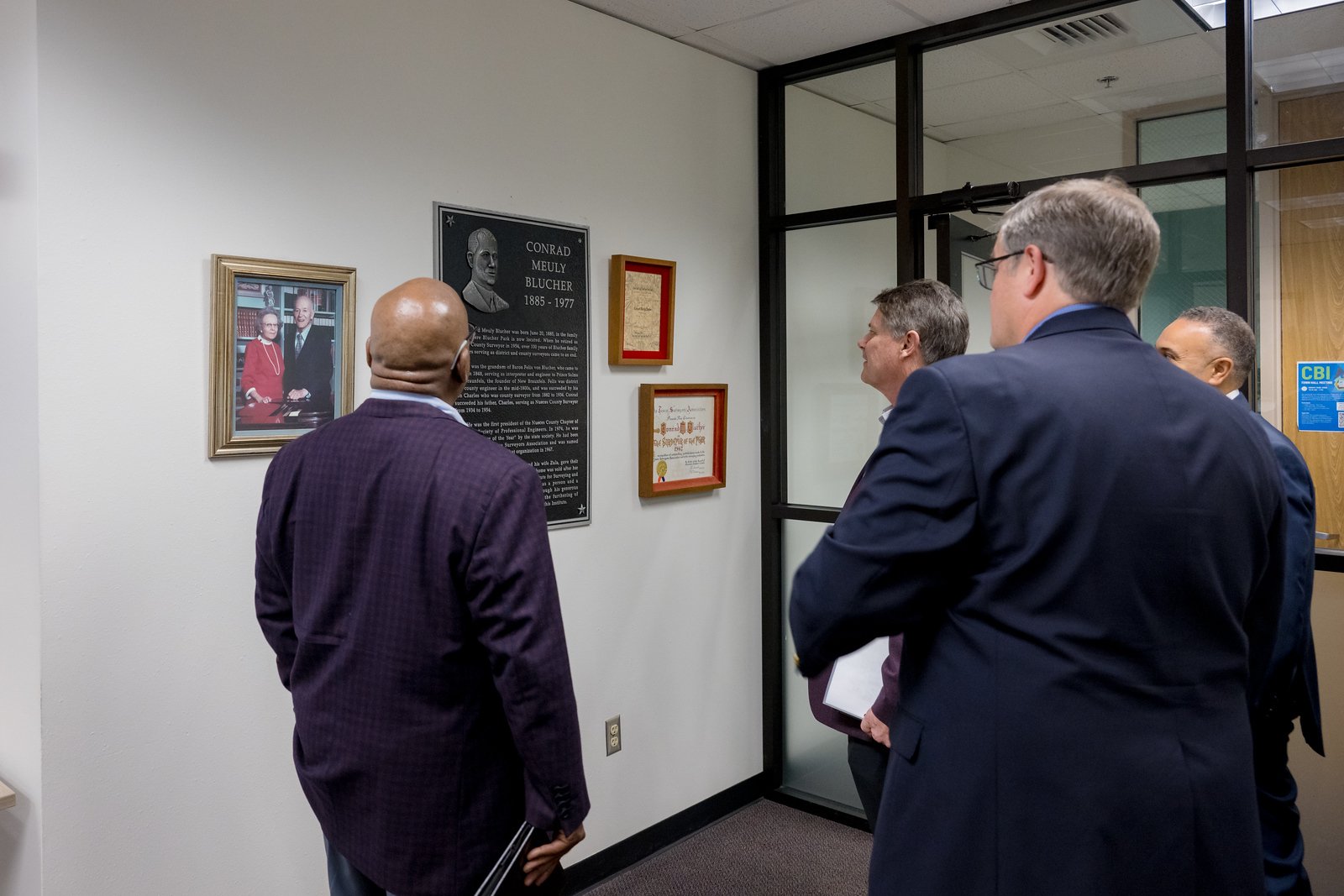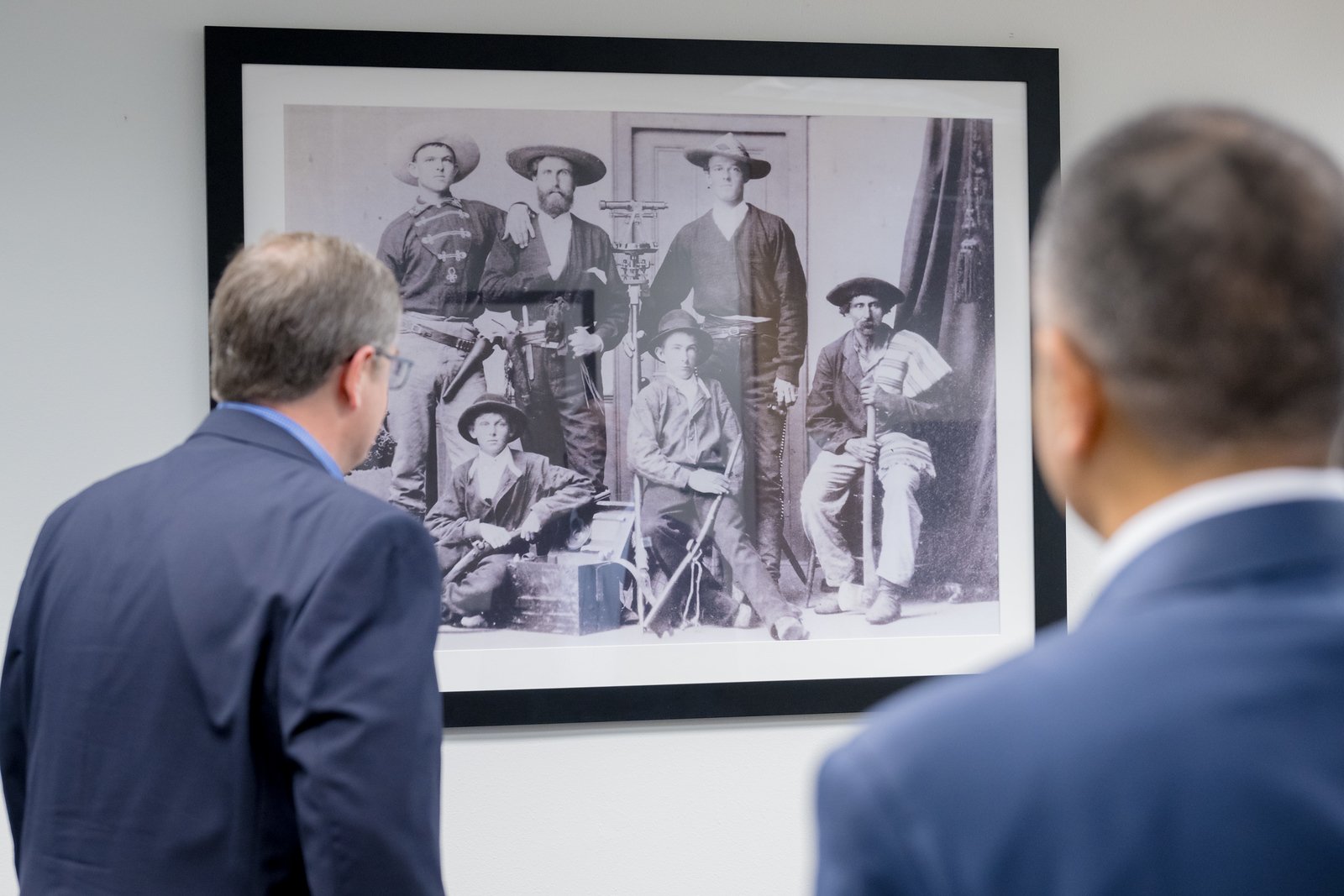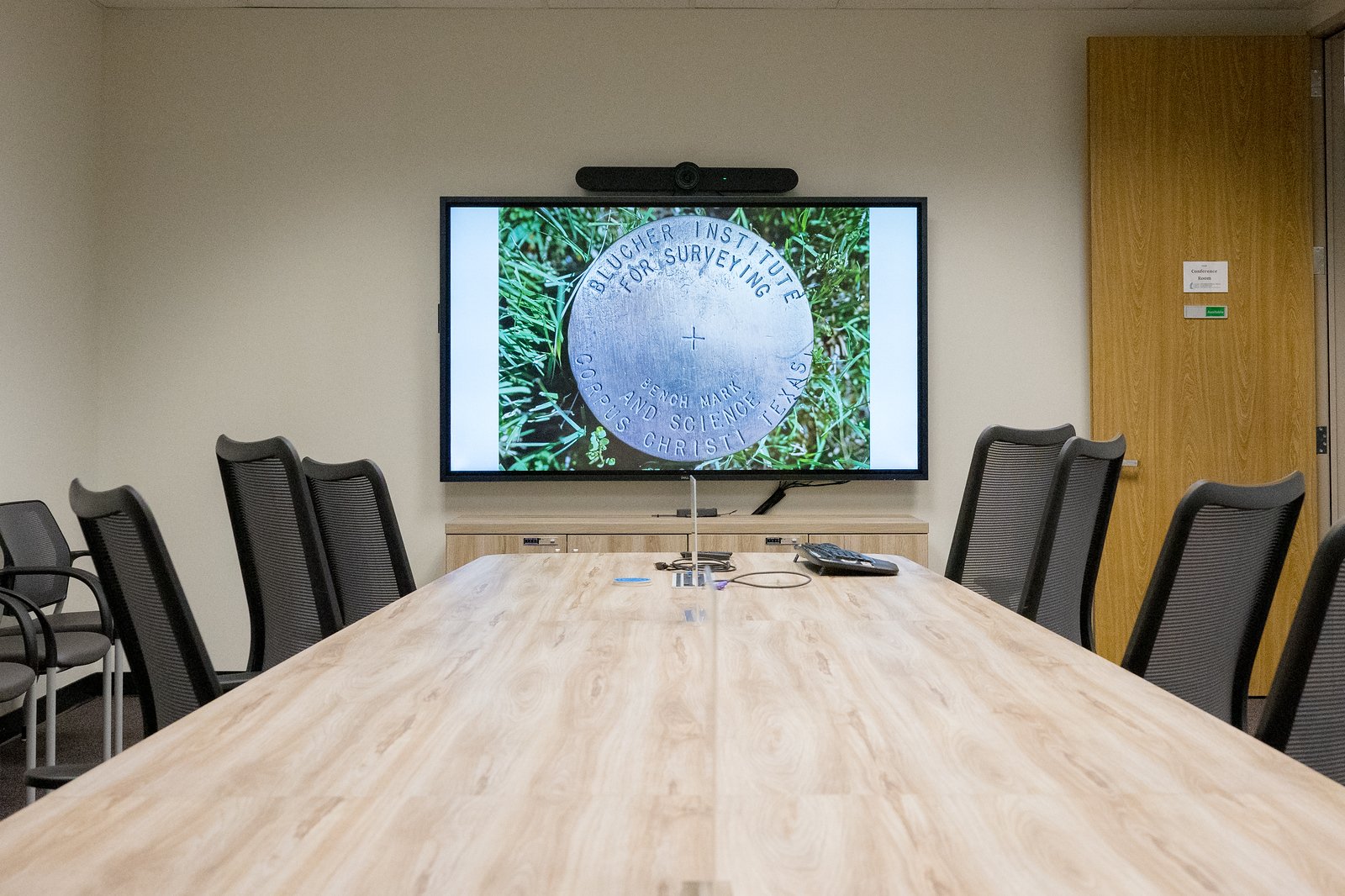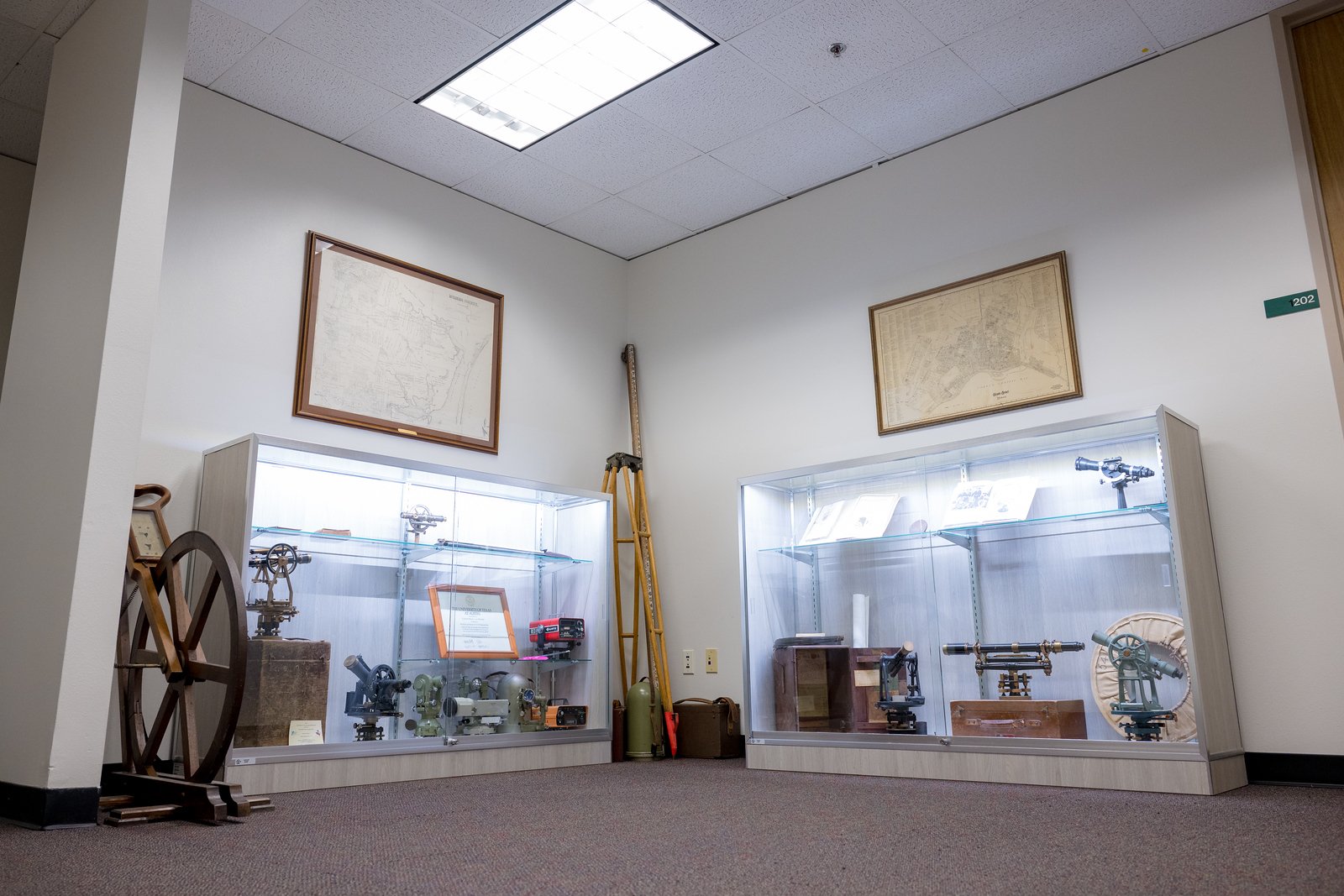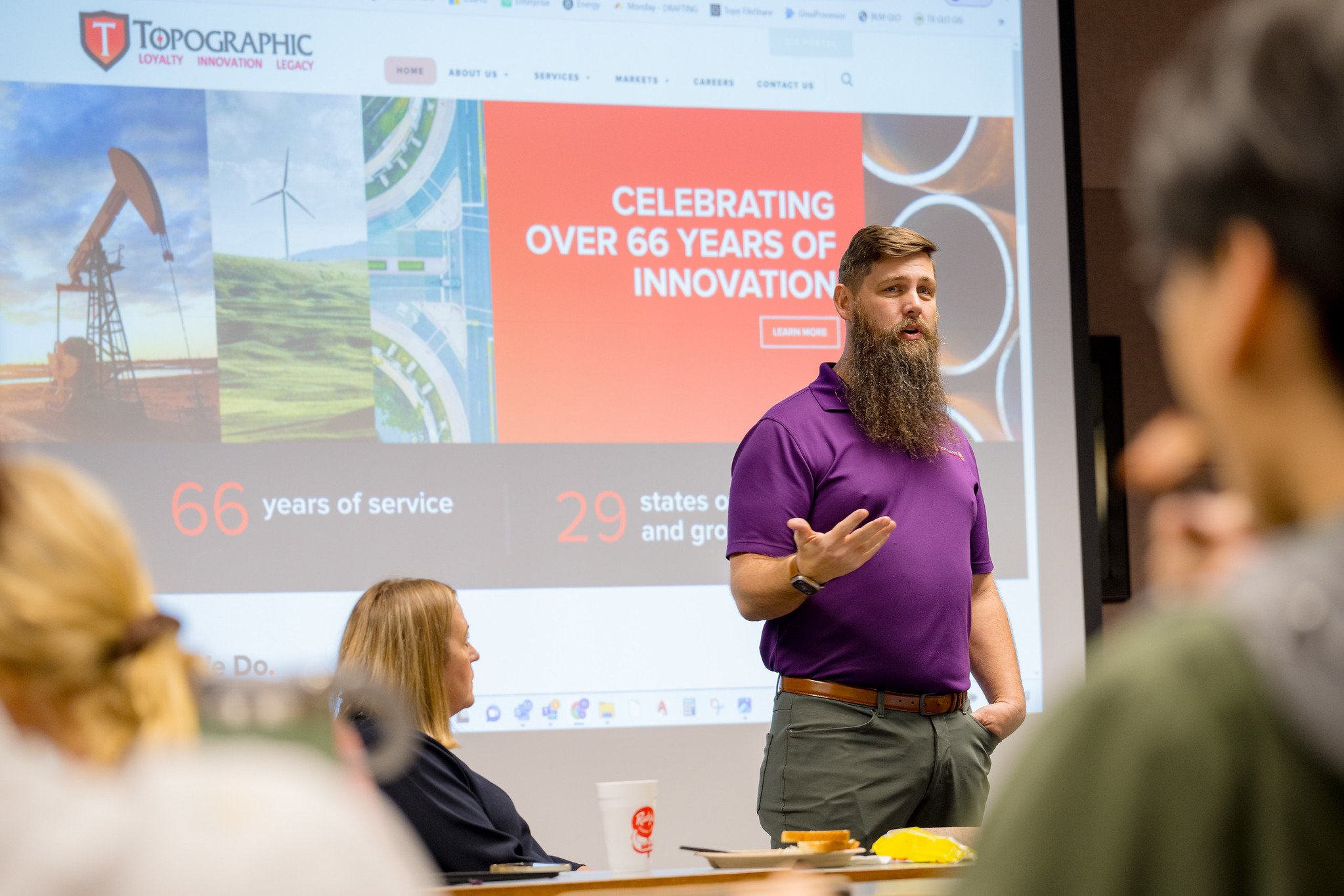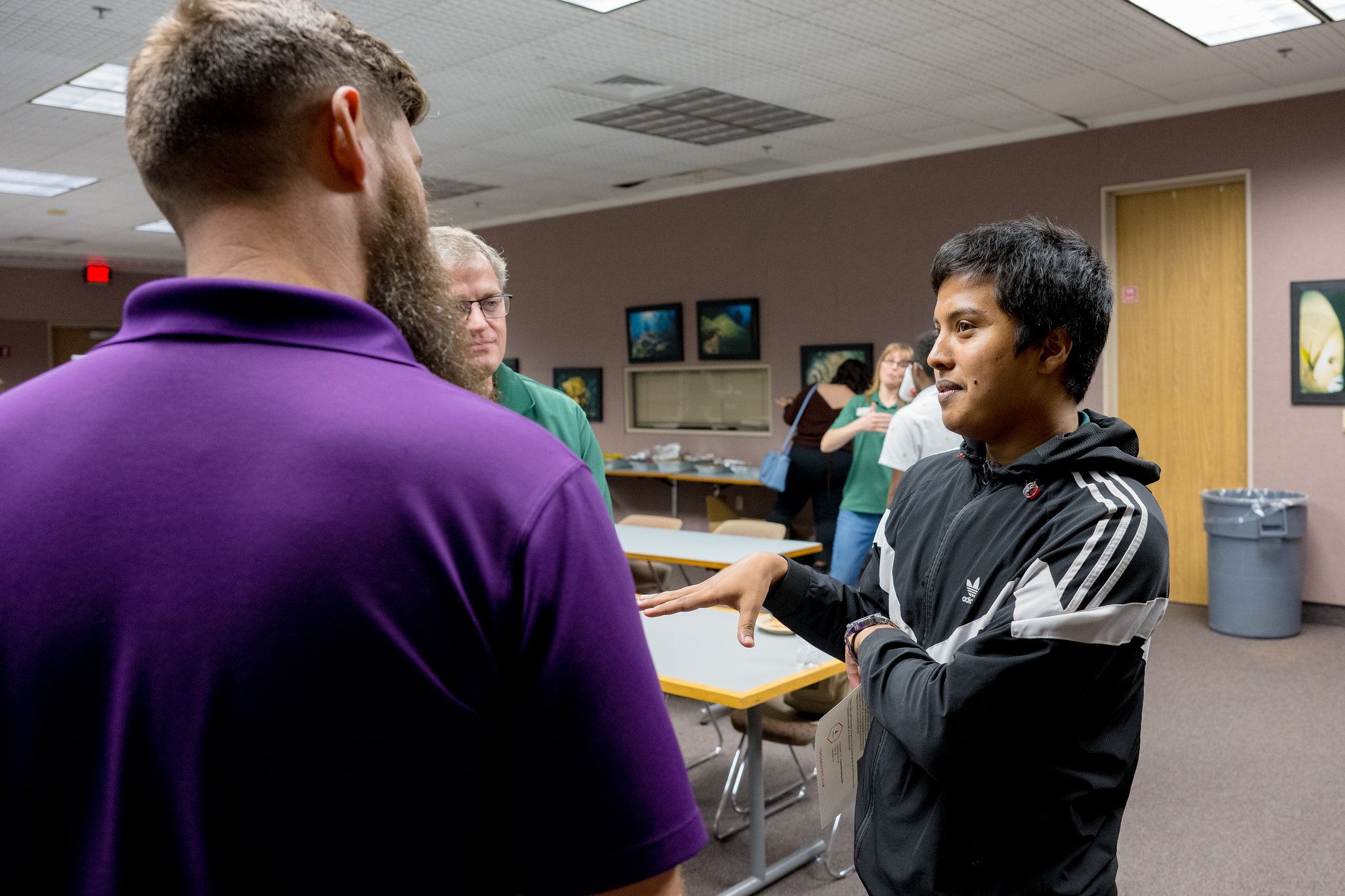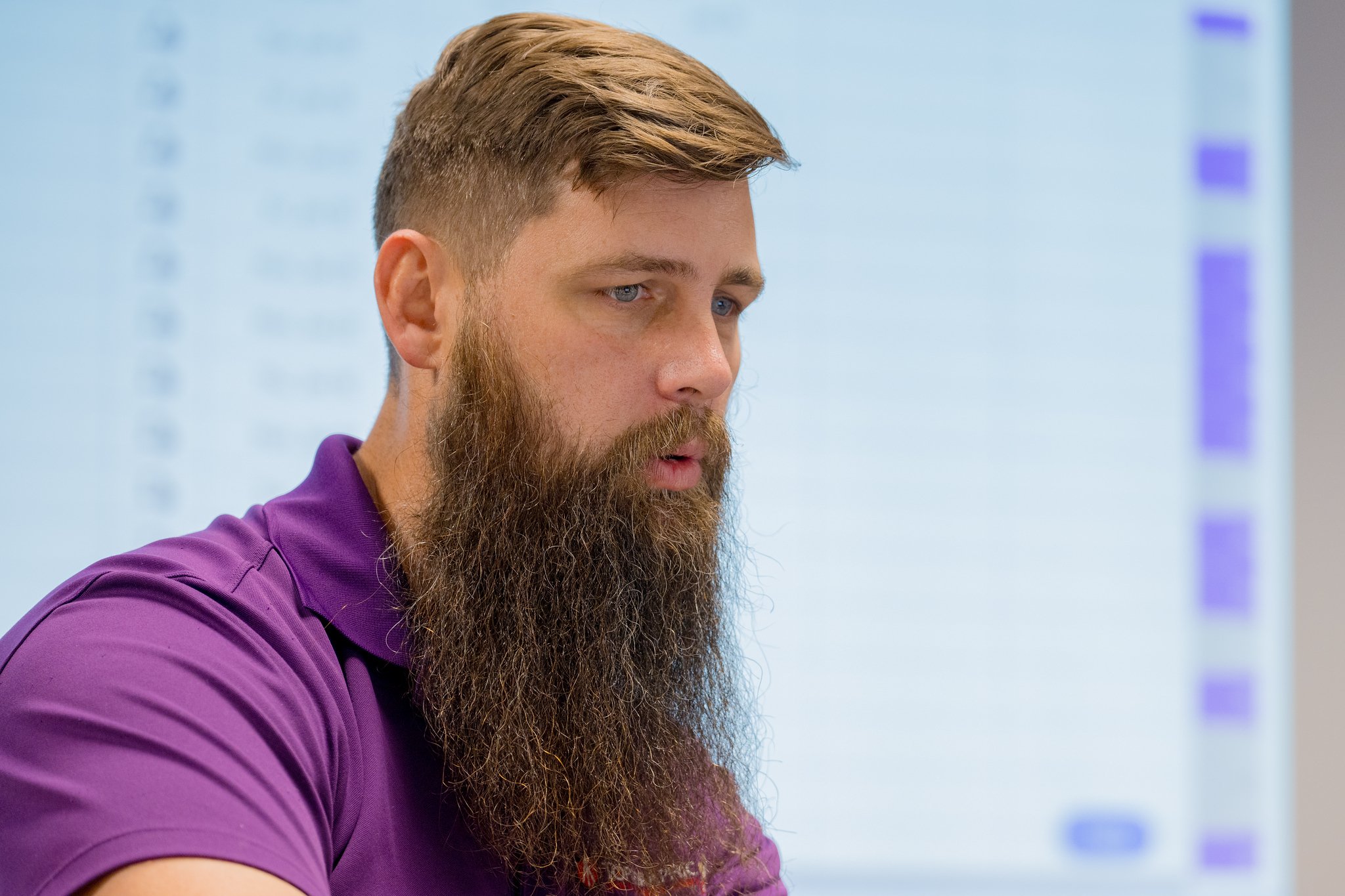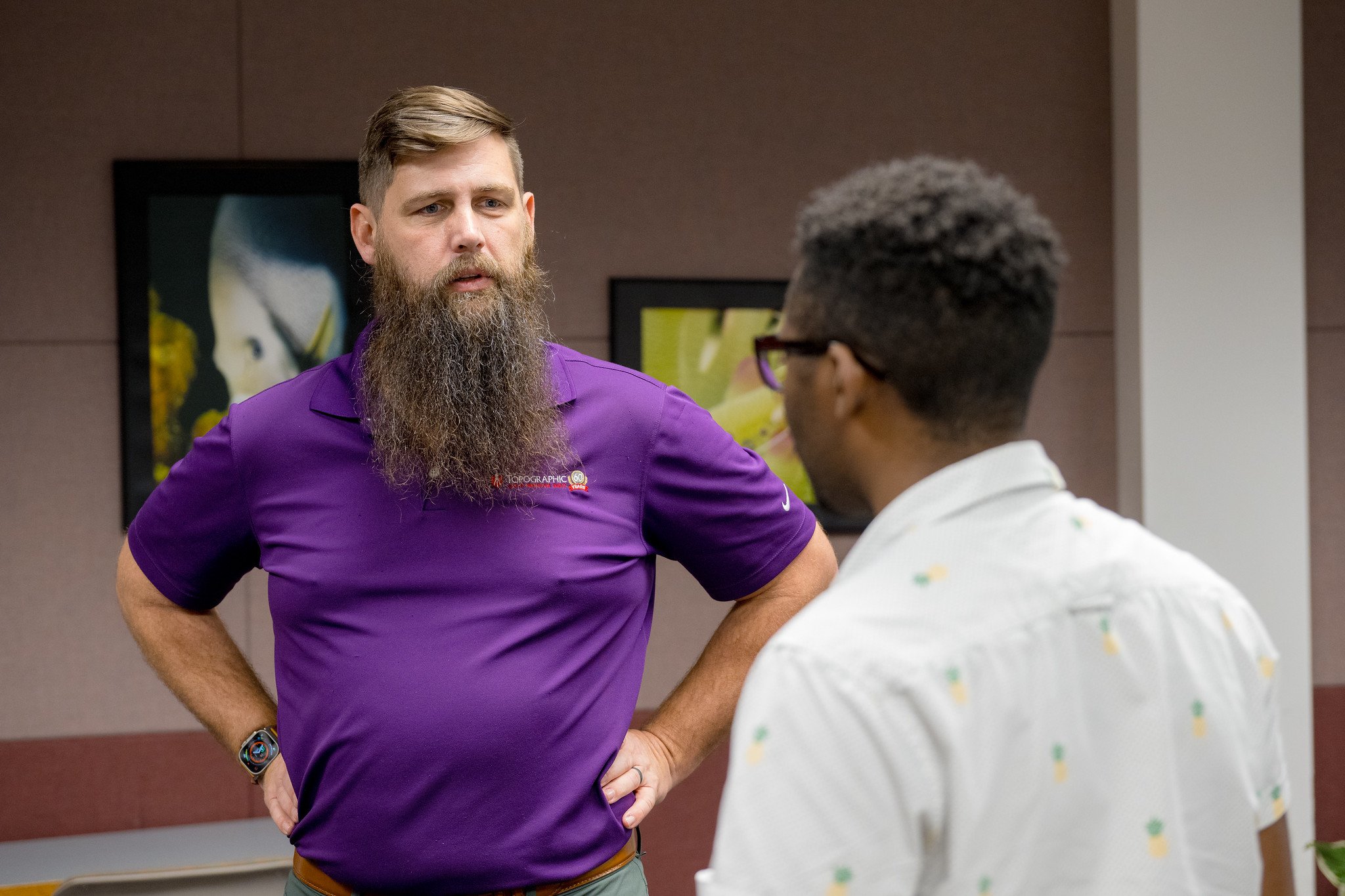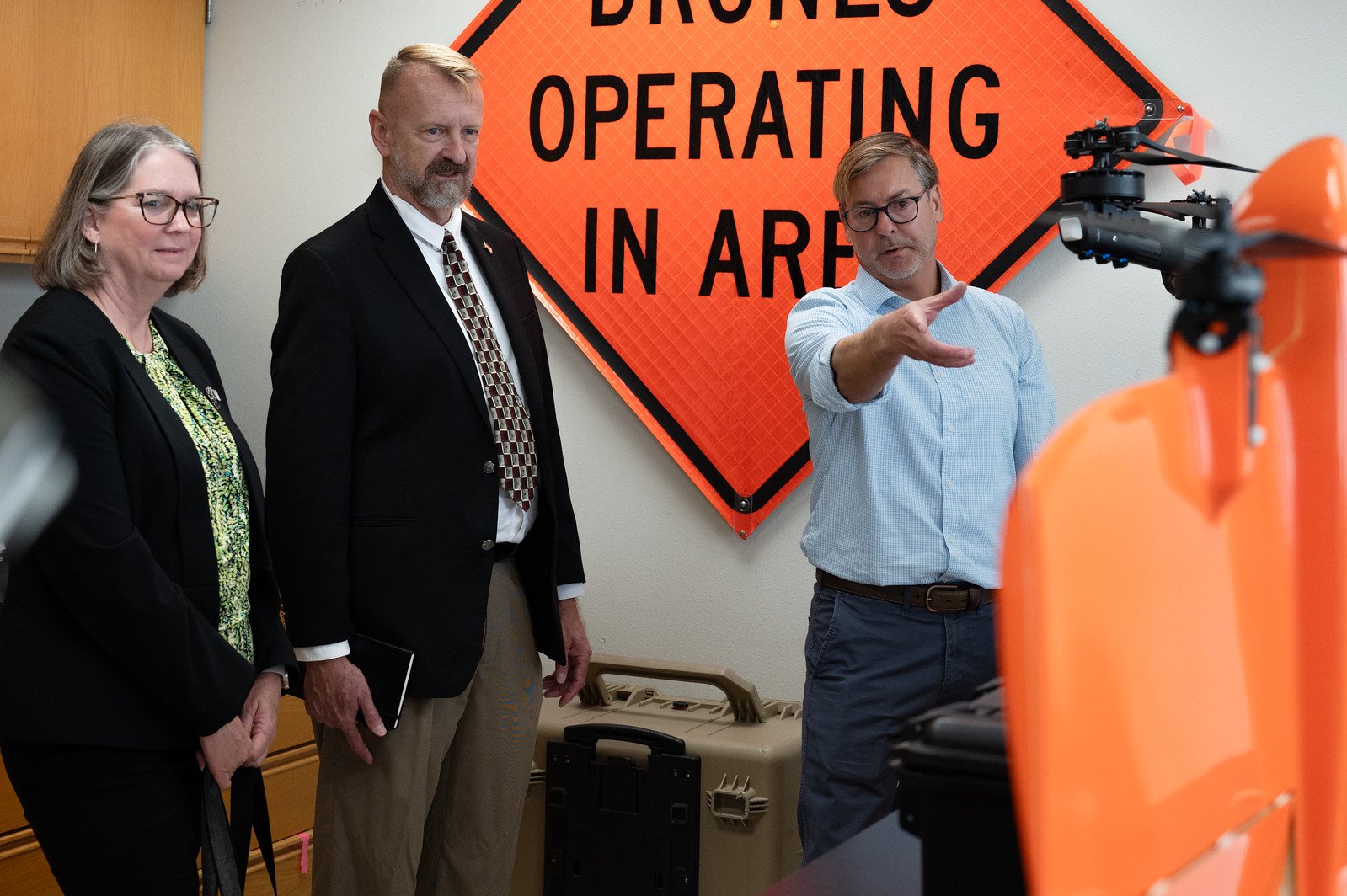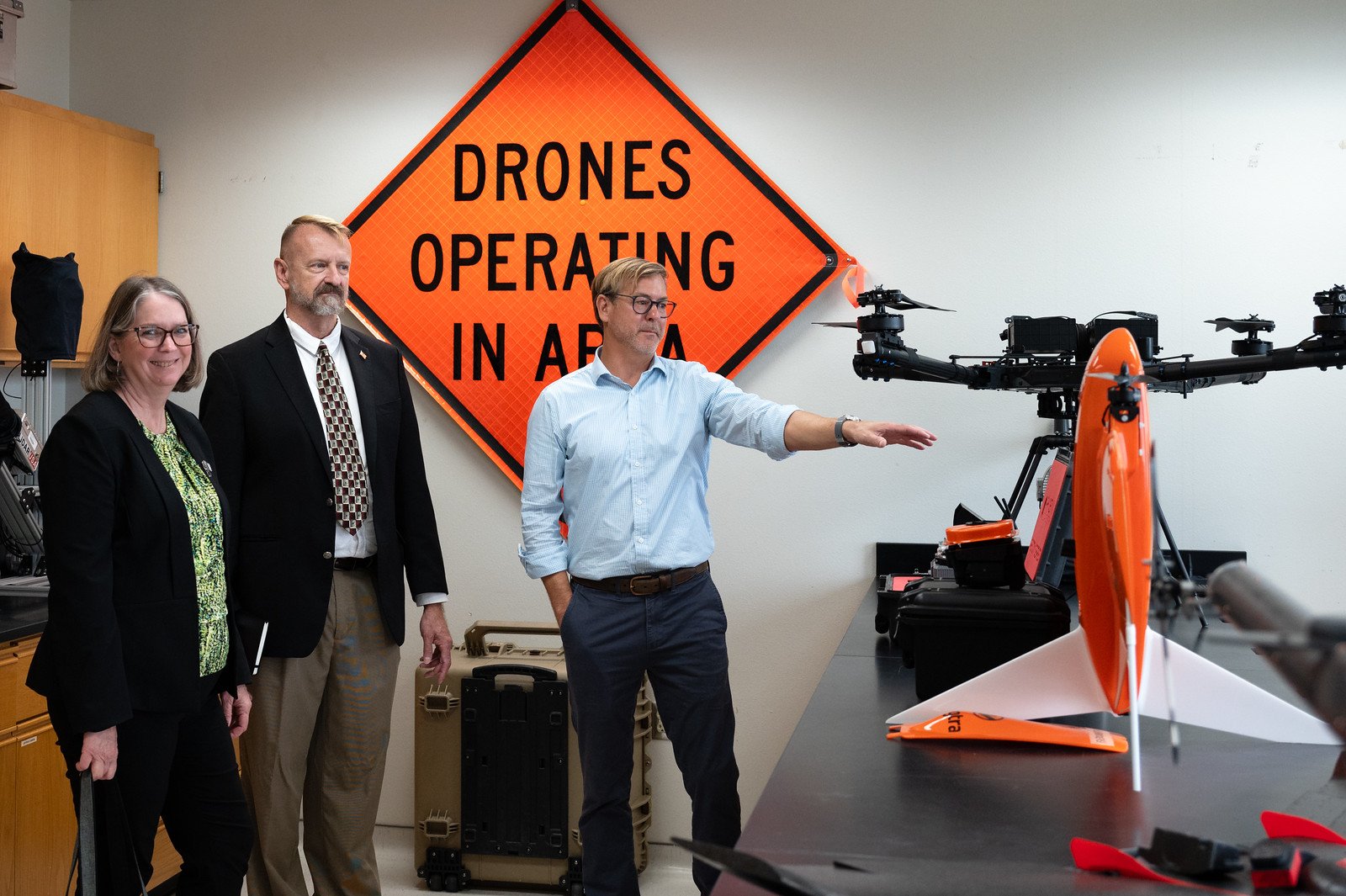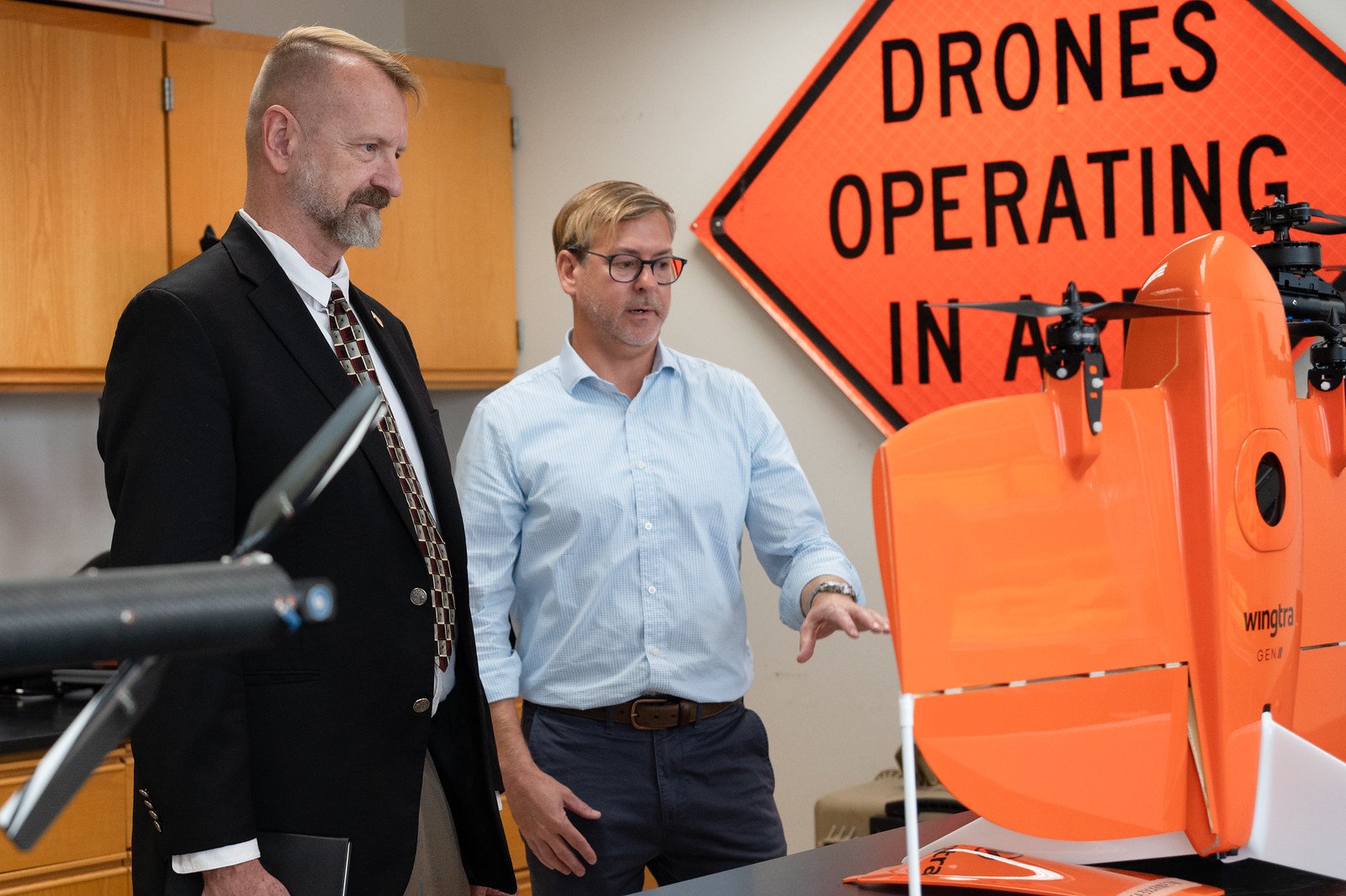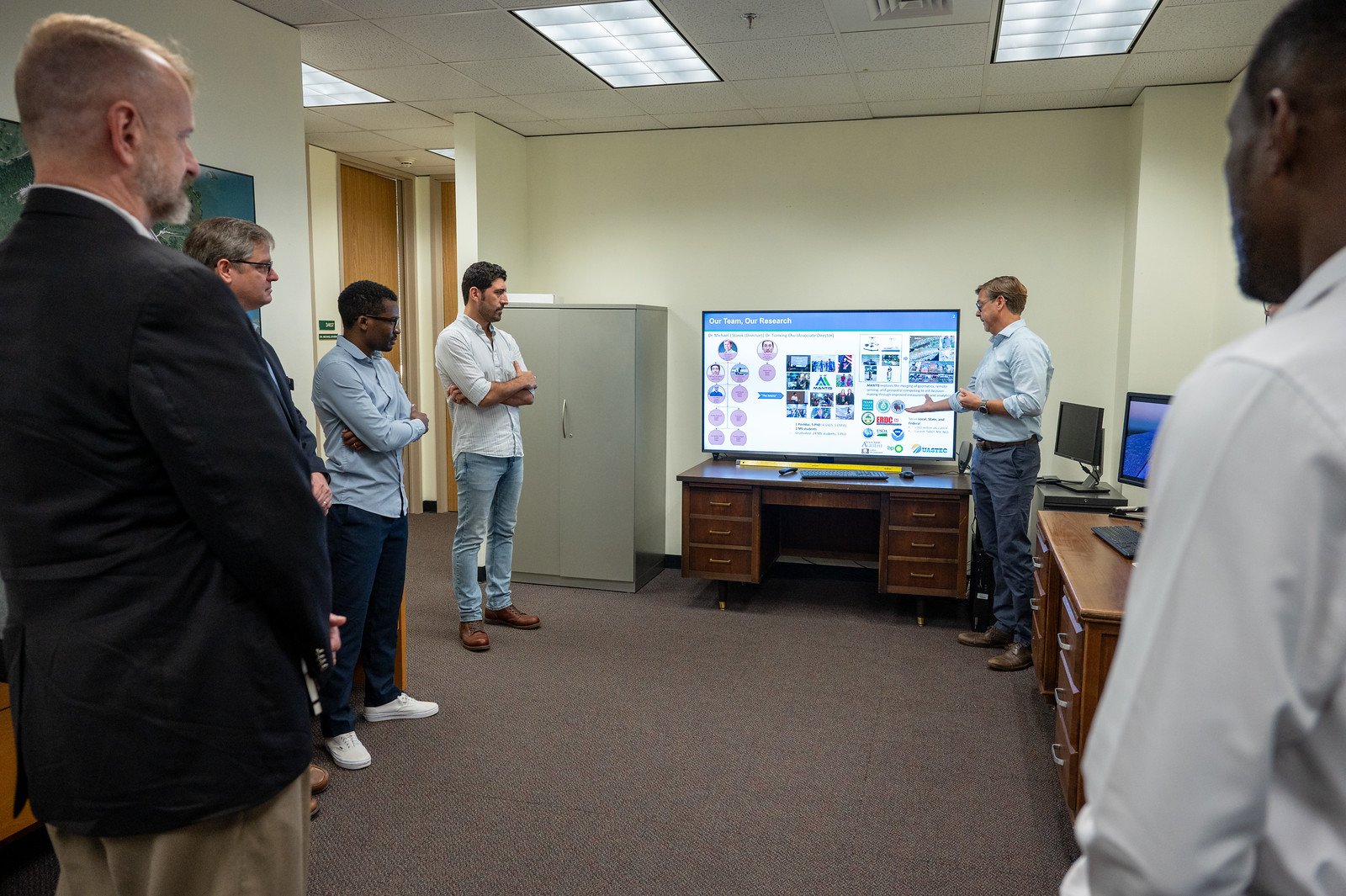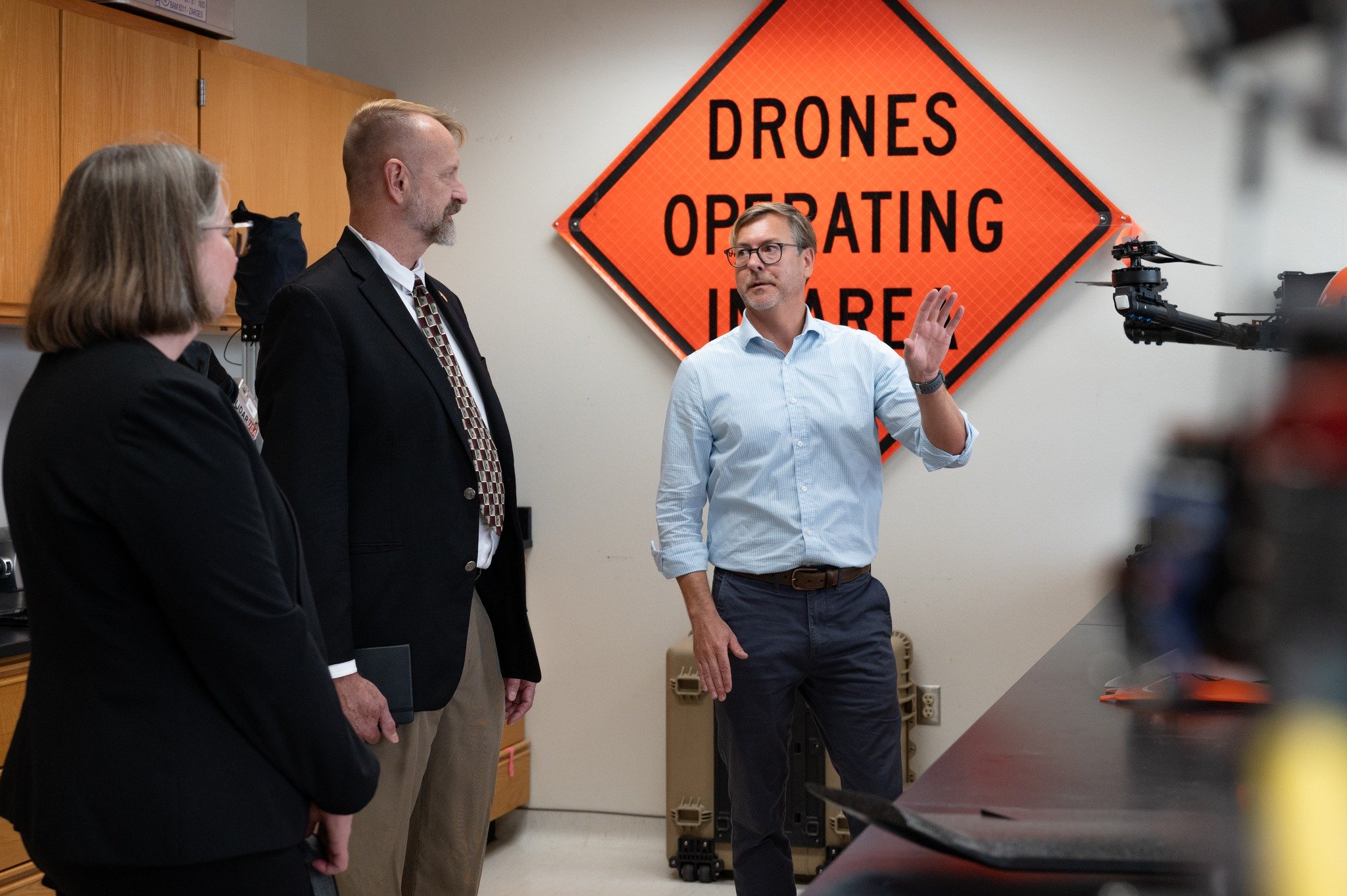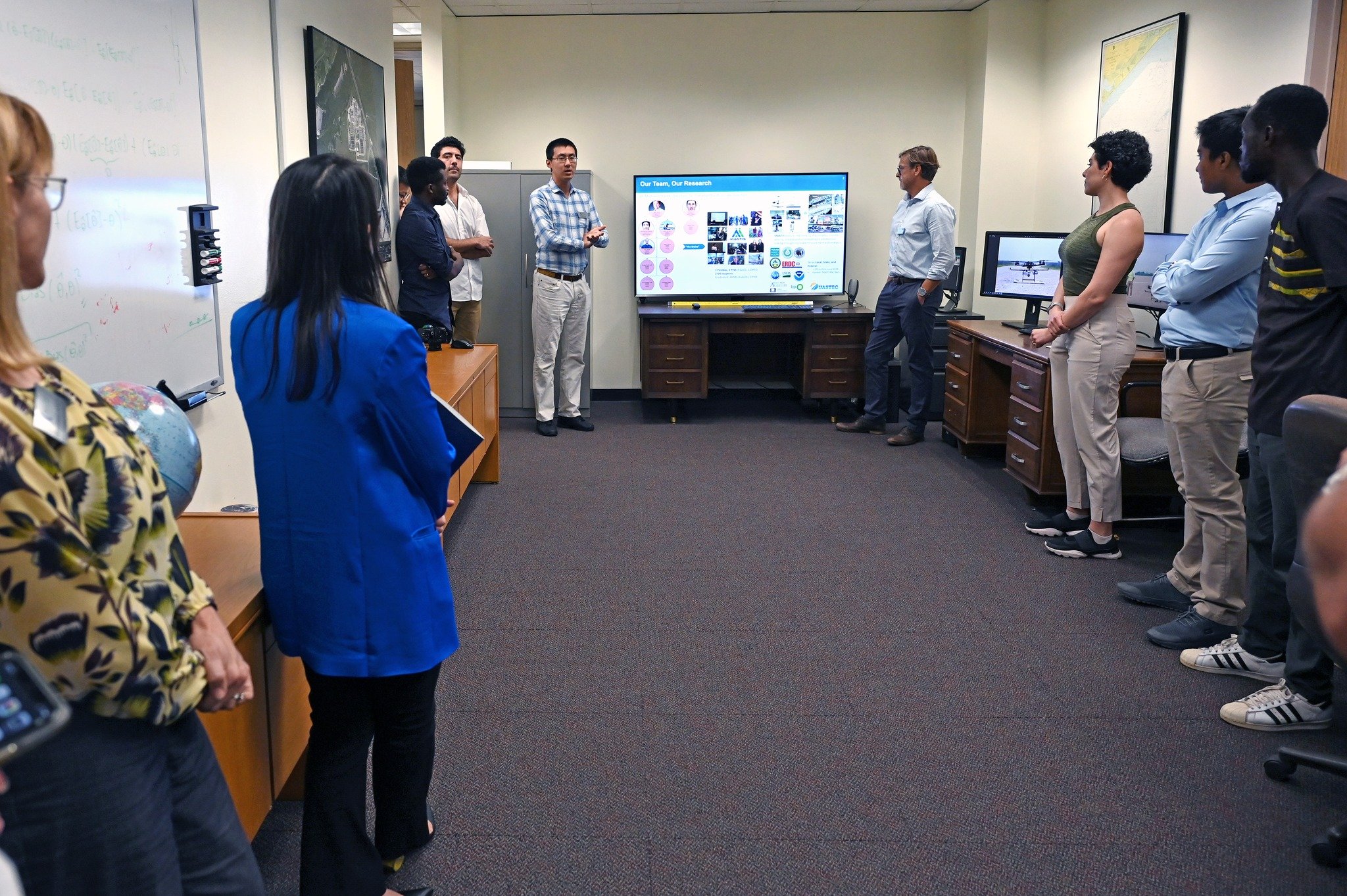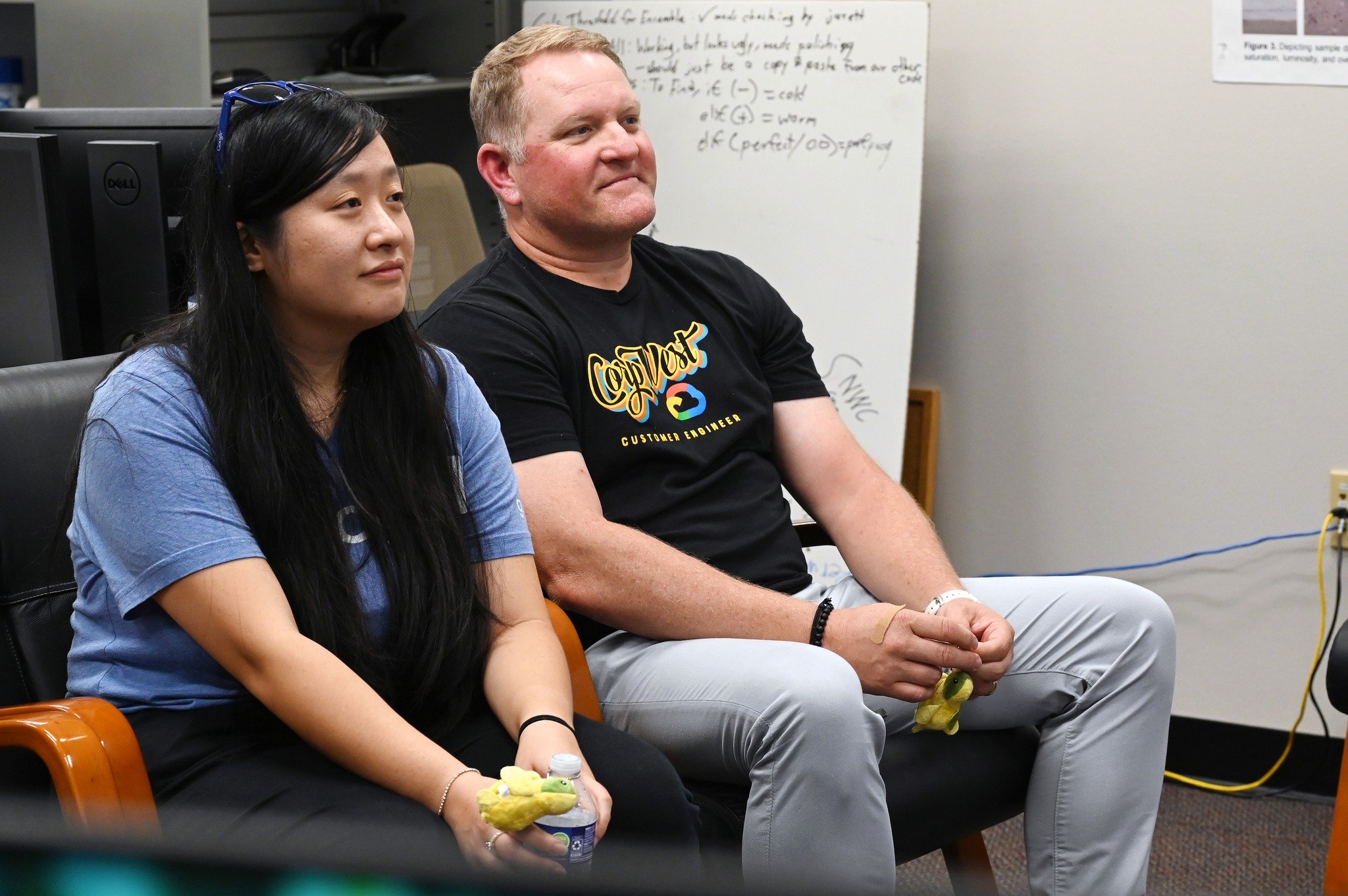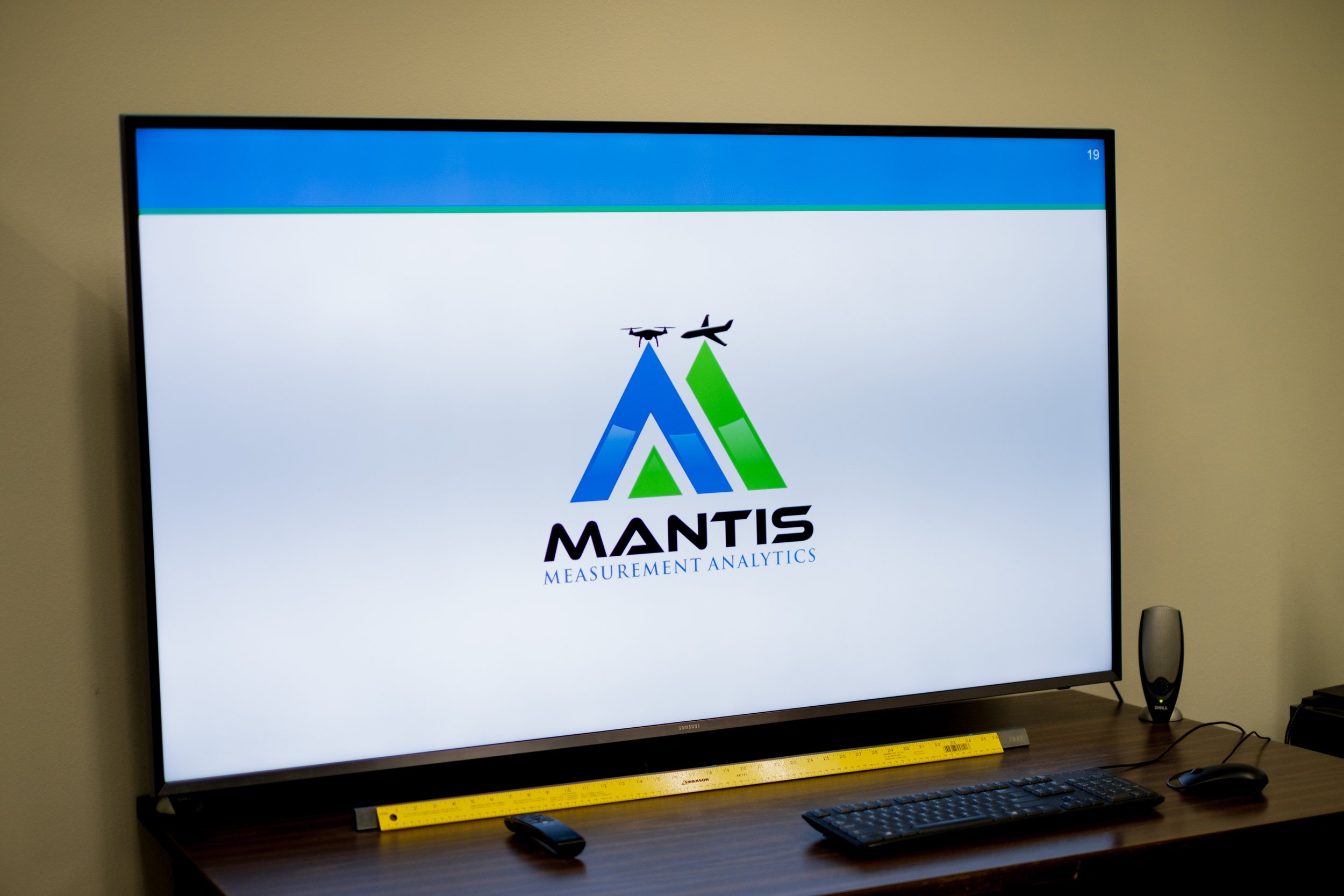MANTIS Ph.D. Candidate Isabel Garcia-Williams has recently published an article in Agrosystems, Geosciences & Environment titled "UAS-Based Multispectral Imaging for Detecting Iron Chlorosis in Grain Sorghum”. The article focuses on utilizing a small uncrewed aircraft system (UAS) equipped with a multispectral sensor to assess various vegetation indices (VIs) for their potential to monitor iron deficiency chlorosis (IDC) in grain sorghum (Sorghum bicolor L.).
——
The abstract reads as follows:
This study uses a small unmanned aircraft system equipped with a multispectral sensor to assess various vegetation indices (VIs) for their potential to monitor iron deficiency chlorosis (IDC) in a grain sorghum (Sorghum bicolor L.) crop. IDC is a nutritional disorder that stunts a plants’ growth and causes its leaves to yellow due to an iron deficit. The objective of this project is to find the best VI to detect and monitor IDC. A series of flights were completed over the course of the growing season and processed using Structure-from-Motion photogrammetry to create orthorectified, multispectral reflectance maps in the red, green, red-edge, and near-infrared wavelengths. Ground data collection methods were used to analyze stress, chlorophyll levels, and grain yield, correlating them to the multispectral imagery for ground control and precise crop examination. The reflectance maps and soil-removed reflectance maps were used to calculate 25 VIs whose separability was then calculated using a two-class distance measure, determining which contained the largest separation between the pixels representing IDC and healthy vegetation. The field-acquired data were used to conclude which VIs achieved the best results for the dataset as a whole and at each level of IDC (low, moderate, and severe). It was concluded that the MERIS terrestrial chlorophyll index, normalized difference red-edge, and normalized green (NG) indices achieved the highest amount of separation between plants with IDC and healthy vegetation, with the NG reaching the highest levels of separability for both soil-included and soil-removed VIs.
——
This publication marks a significant milestone in Garcia-Williams' academic career, highlighting her as a prominent researcher and leading voice in the intersection of technology and agriculture.
For more information, visit the full article at Agrosystems, Geosciences & Environment.

